In an era of perfect everything, vintage lenses offer a unique perspective on image making. Many old lenses are built to last and are as good now as they were decades ago when they were first made. The Canon 80-200mm f/2.8 L is such a lens.
Physical Aspects
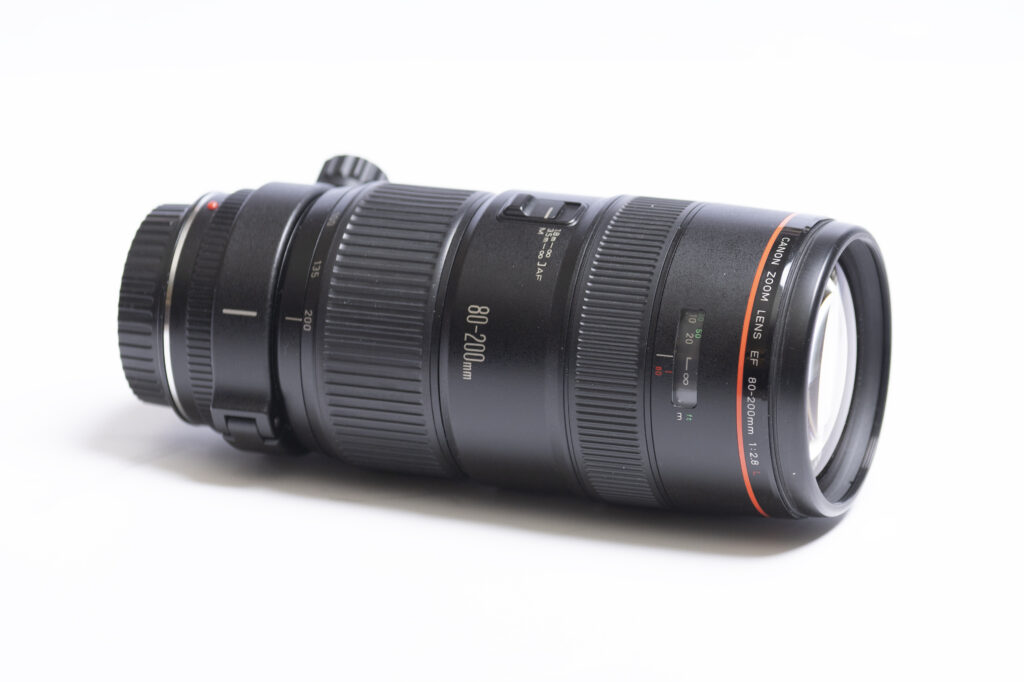
This tank of a lens was built in a way that modern lenses just aren’t. Big, heavy, solid, in many ways it was built to last. Ultimately though it’s probably not as survivable as later EF 70-200mm f/2.8 L’s. But this one feels every bit the part.
Optical Image Stabilization
Being 30+ years old, the lens was made before IS became available in Canon lenses. So, you’ll have to maintain the correct shutter speed when shooting with this lens. This can be a challenge when shooting in low light, but I don’t really have a problem with this overall. I can usually get shake free shots at 1/200th of a second if I’m careful.
Zoom Range
The range is a slight drawback being that it’s only 80-200mm. Of course, most modern zooms of this type are 70-200mm, or even 70-210mm. Tamron even makes a 70-180mm lens. The obvious difference is this lens doesn’t zoom out as wide as a modern fast zoom so if you’re using the typical f/2.8 24-70mm with this lens you may be missing the range from 70-80mm. If you’re annoyed by that Canon did make a 28-80mm f/2.8-4 L lens to go with this lens.
Focusing
Autofocus on this lens is a bit of a mixed bag. It is fairly accurate but also very noisy on the EOS R and R5. I tried this lens on an old EOS 1N RS though and was nearly as fast but a lot quieter. I didn’t get every shot tack sharp with this lens, but the majority of shots were very well focused.
Manual focusing is accurate and easy with this lens.
Optical Performance
Optically the lens is pretty good and comparable to a more modern 70-200mm lens when stopped down. Some people report that the lens is a little soft at 200mm wide open, that is probably true, but many 70-200’s are just a smidge soft at 200mm. I have two copies and one is a little sharper than the other. Stopped down to f/4, it is sharp. Below are a series of shots at different apertures demonstrating basic sharpness, bokeh, and vignetting.




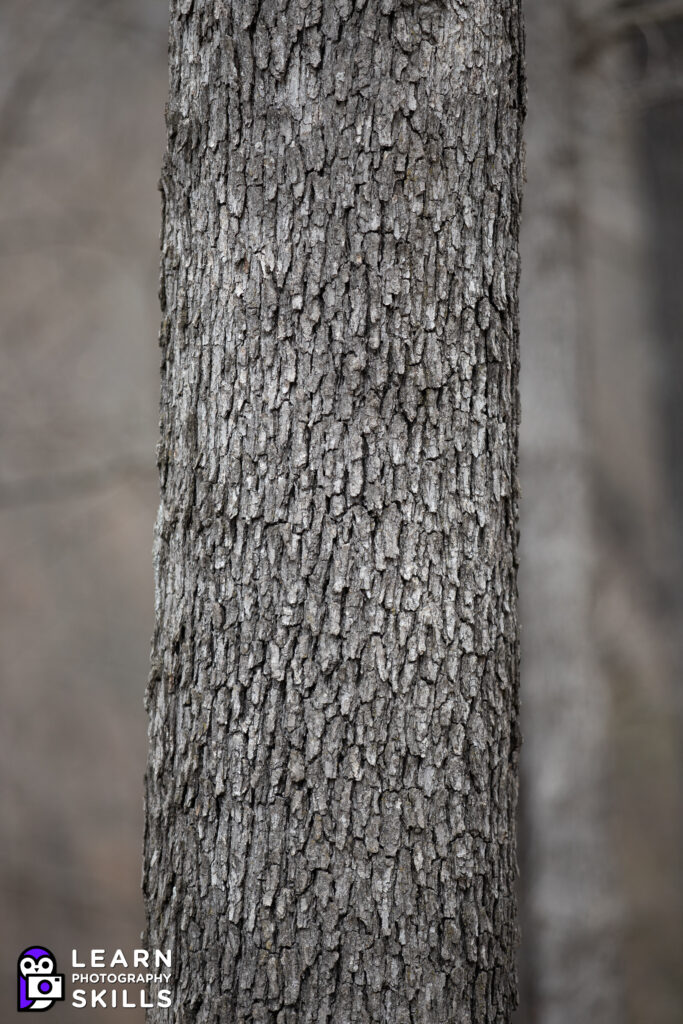
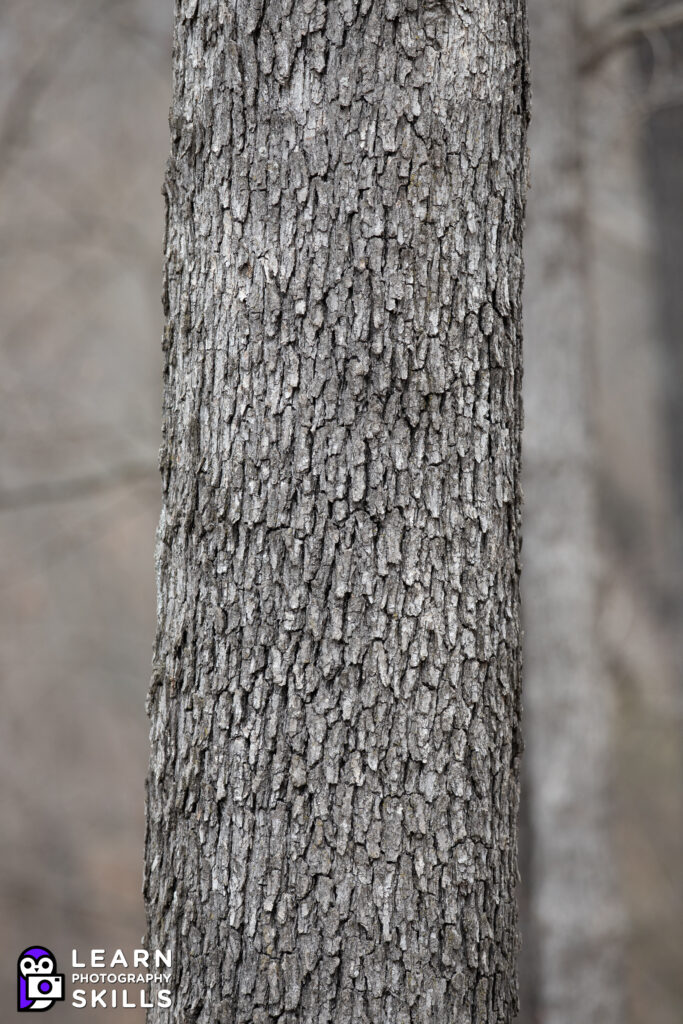

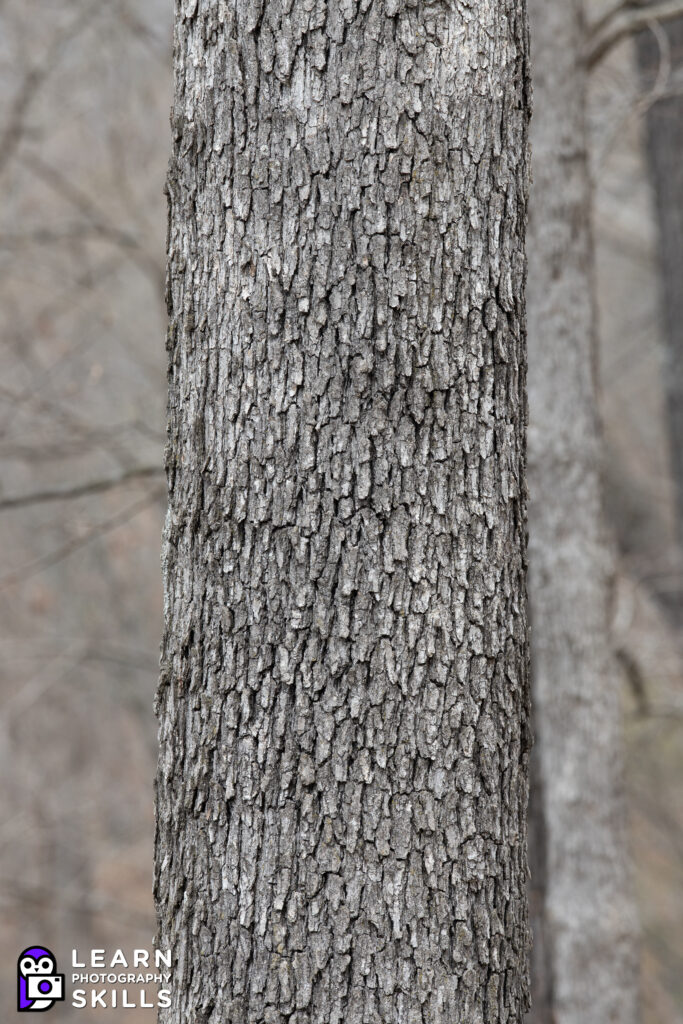
Wide open the lens does have some vignette in the corners, especially at 200mm. Portrait shooters will probably appreciate a little vignette in the corners, but landscape shooters might not. The good news it clears up when stopped down to about f/5.6.
There is some CA present wide open at 80mm, but it’s most evident in worst case scenarios like shooting tree branches against a bright sky. At 200mm the CA is well corrected on my copy. Check out these two example images at 80mm and 200mm.
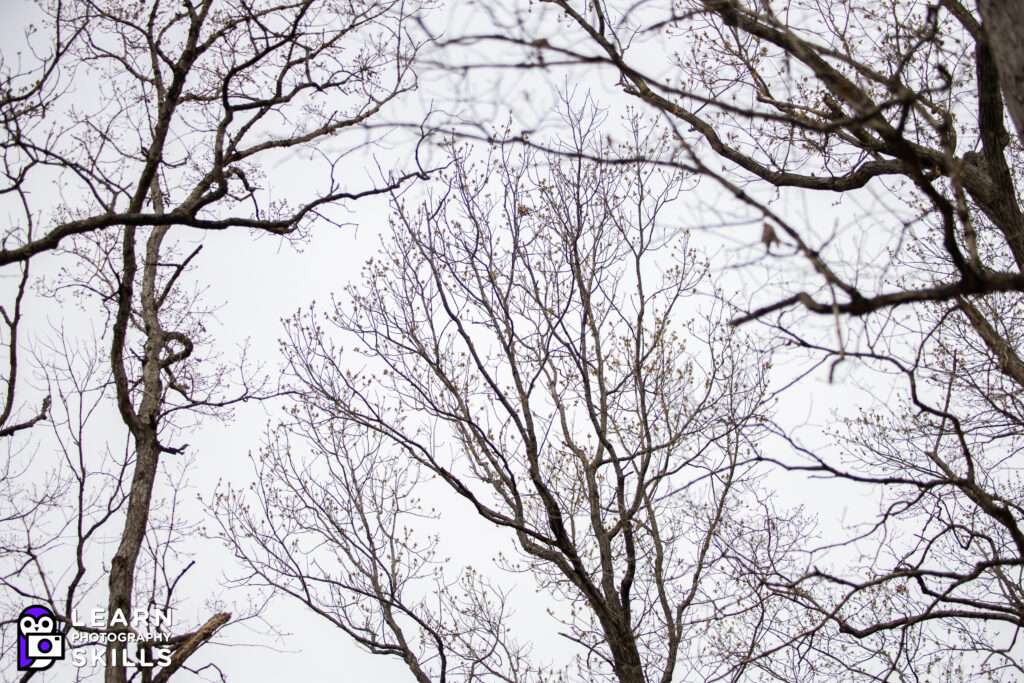
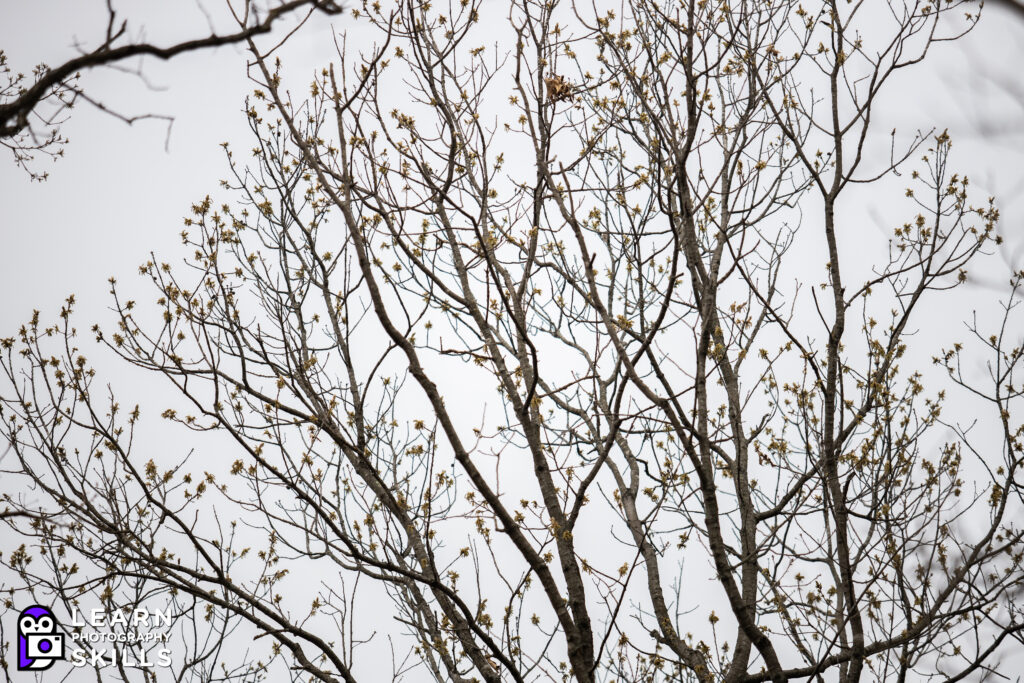
Focus Breathing
The lens has substantial focus breathing which is sure to bother some people. It’s different from the newer RF 70-200mm in that it breathes longer as you focus closer. While the minimum focus distance is a fairly big 1.8 meters, the fact that it breathes to a longer focal length negates that somewhat, and it also means that zoomed in to 200mm there’s usually a lot of pop off the background at portrait distances even if you can’t get as close as you might want.
Bokeh Quality
The bokeh on the lens is great, especially up close. I think that aspect of this lens is one of my favorite things about it. It’s a “character” bokeh that is bordering on distracting sometimes but for the most part is dimensional and has a distinct optical quality to it that is rare these days.
Color
Shooting on the EOS R I felt like the colors on this were as expected, decently accurate but overall subdued and natural looking. On the R5 however images were coming through with near nuclear saturation levels. Which you prefer is up to you, I’m sure you can pick out which files are which in the gallery below.
Decentering
I actually have 2 copies of this lens and both of them are decentered which is visible at f/2.8 when focusing on flat subjects. The fact that both of them have it leads me to believe the lens has probably gone out of alignment for one reason or another. The issue is mild enough that stopping down removes most evidence of the decentering. I won’t say it can happen to any lens, but I will say some expensive modern lenses I have purchased new had centering issues as well.
Where’s the “magic”?
The magic is simply that it was a telephoto zoom with prime level performance for the time. Many prime 200mm lenses in the 1980’s were only f/2.8 anyway so having a zoom lens that was sharp AND was a zoom AND was f/2.8 throughout the range, that was basically “magic” according to the standard of the day.
Conclusion
One thing this lens proves is that the new RF cameras are impressively flexible in what lenses they can work with. That much is certainly true. The fact this old banger still works is a minor miracle. It’s fun to be able to take an old lens from so long ago and use it with no trouble at all. Another thing this lens showed me is that even an old, loud, slow focusing lens like this can take pretty nice pictures. Not every shot will be money, but it is good enough to at least get some of those coveted money shots.
Rating
Overall: 3.0 out of 5: Certified BRONZE

Canon EF 80-200mm f/2.8 L Sample Images
Canon EF 80-200mm f/2.8 L Sample Video
The video is shot in 4k on the EOS R which has a 1.8x crop in its 4k video mode. With the crop the effective focal length is 360mm. The good news is the lens is still very sharp in the center of the frame.

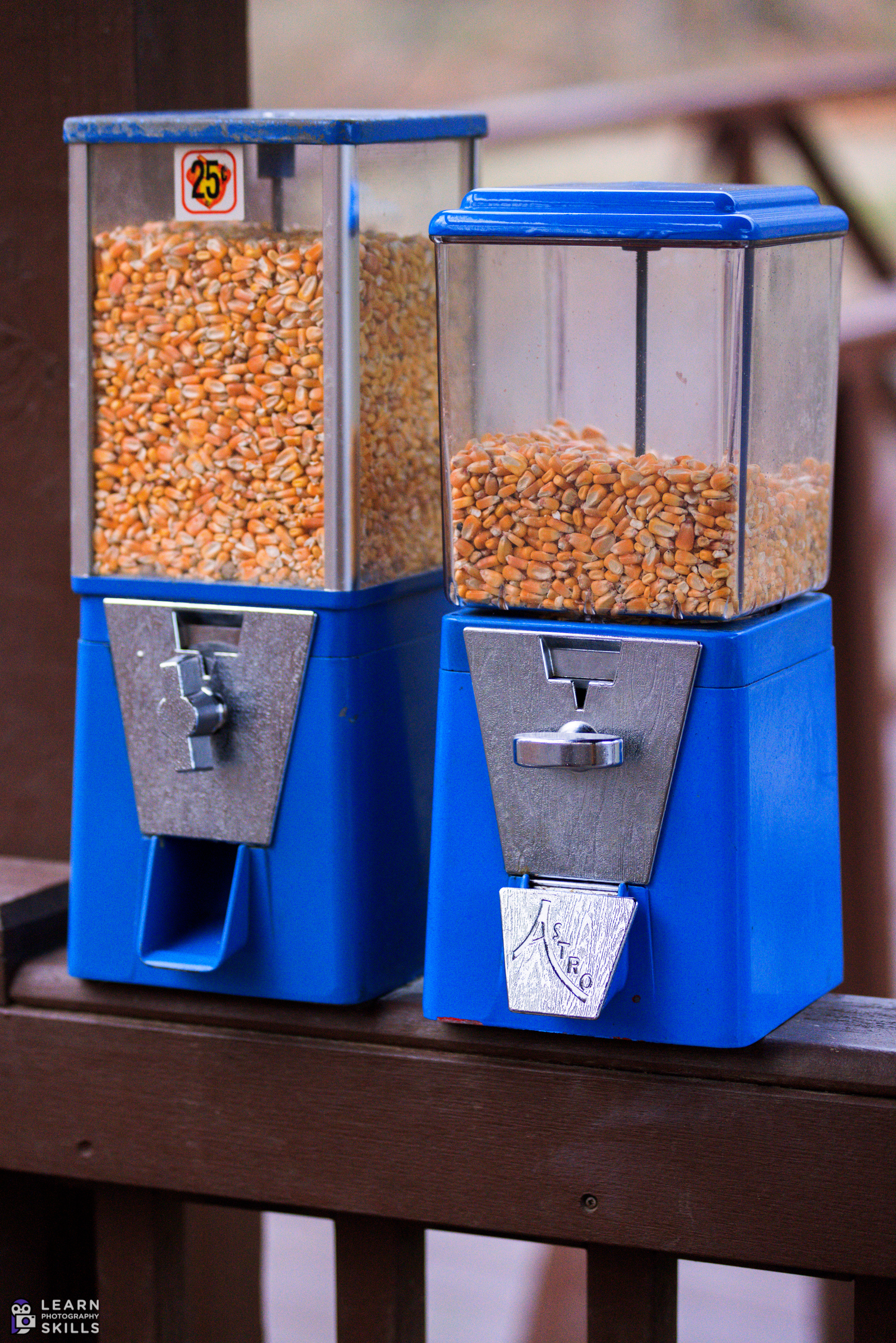
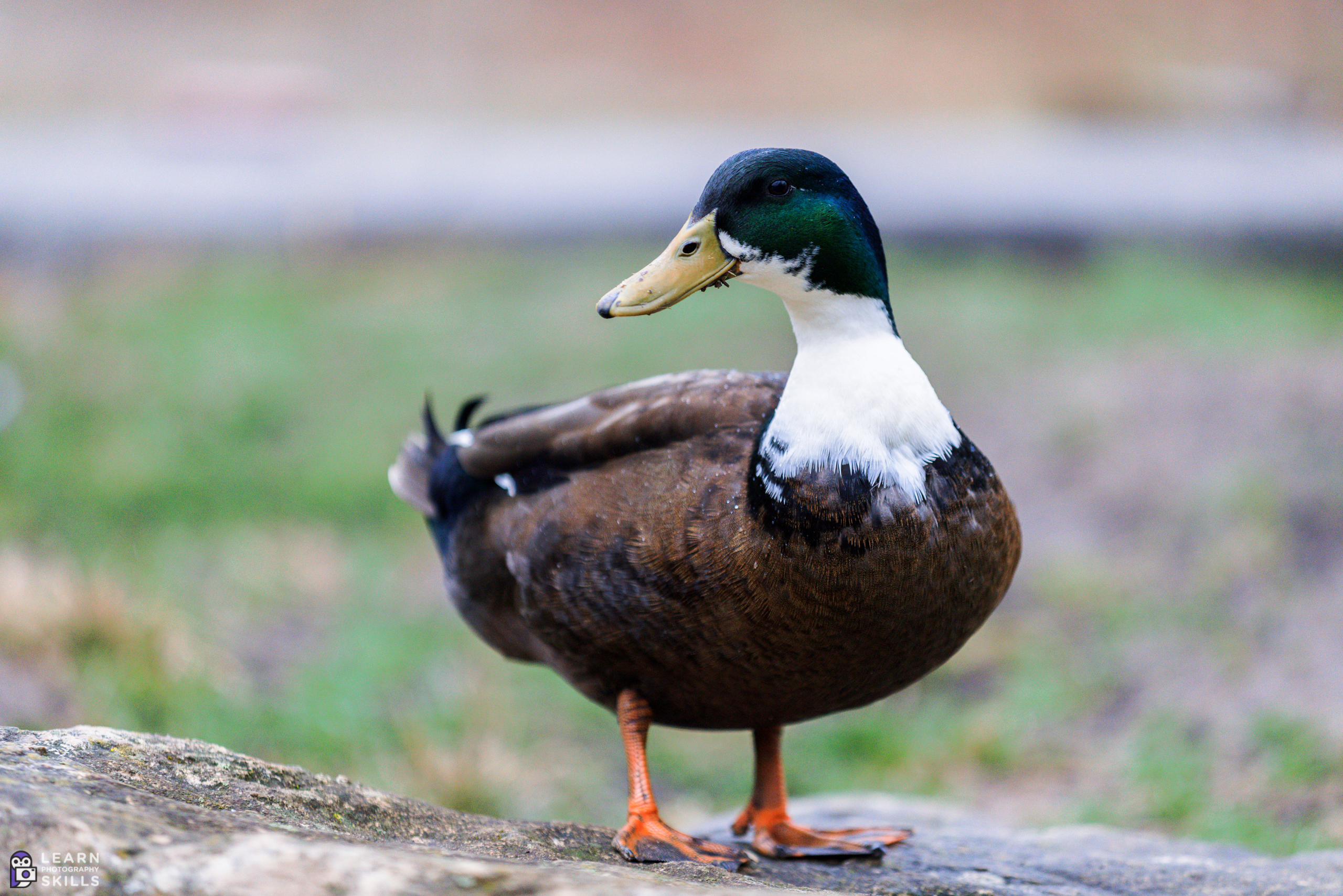
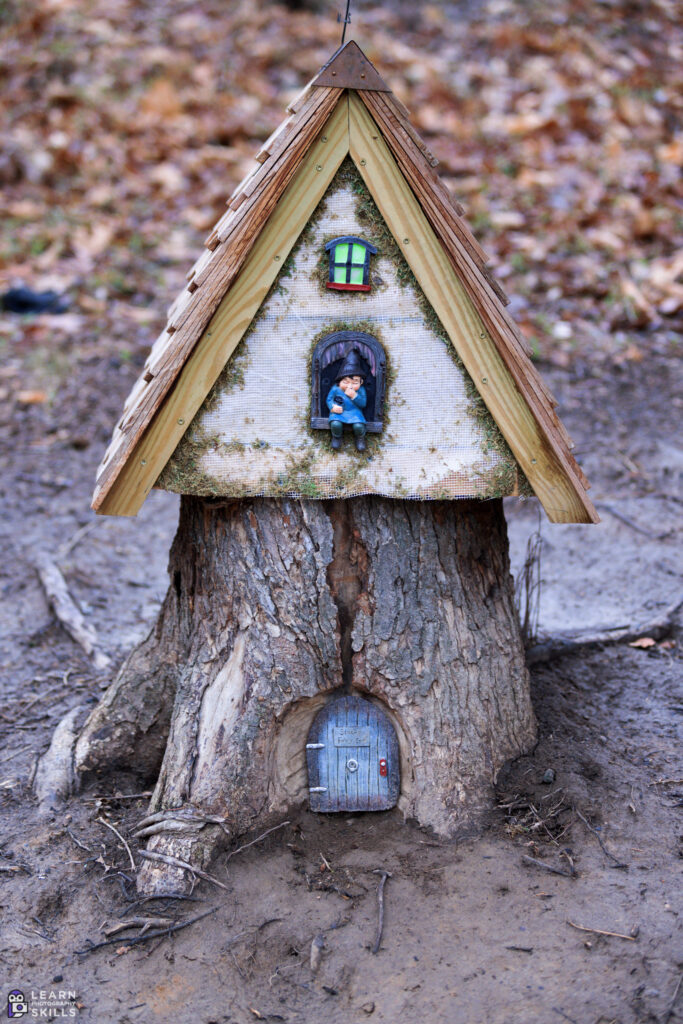
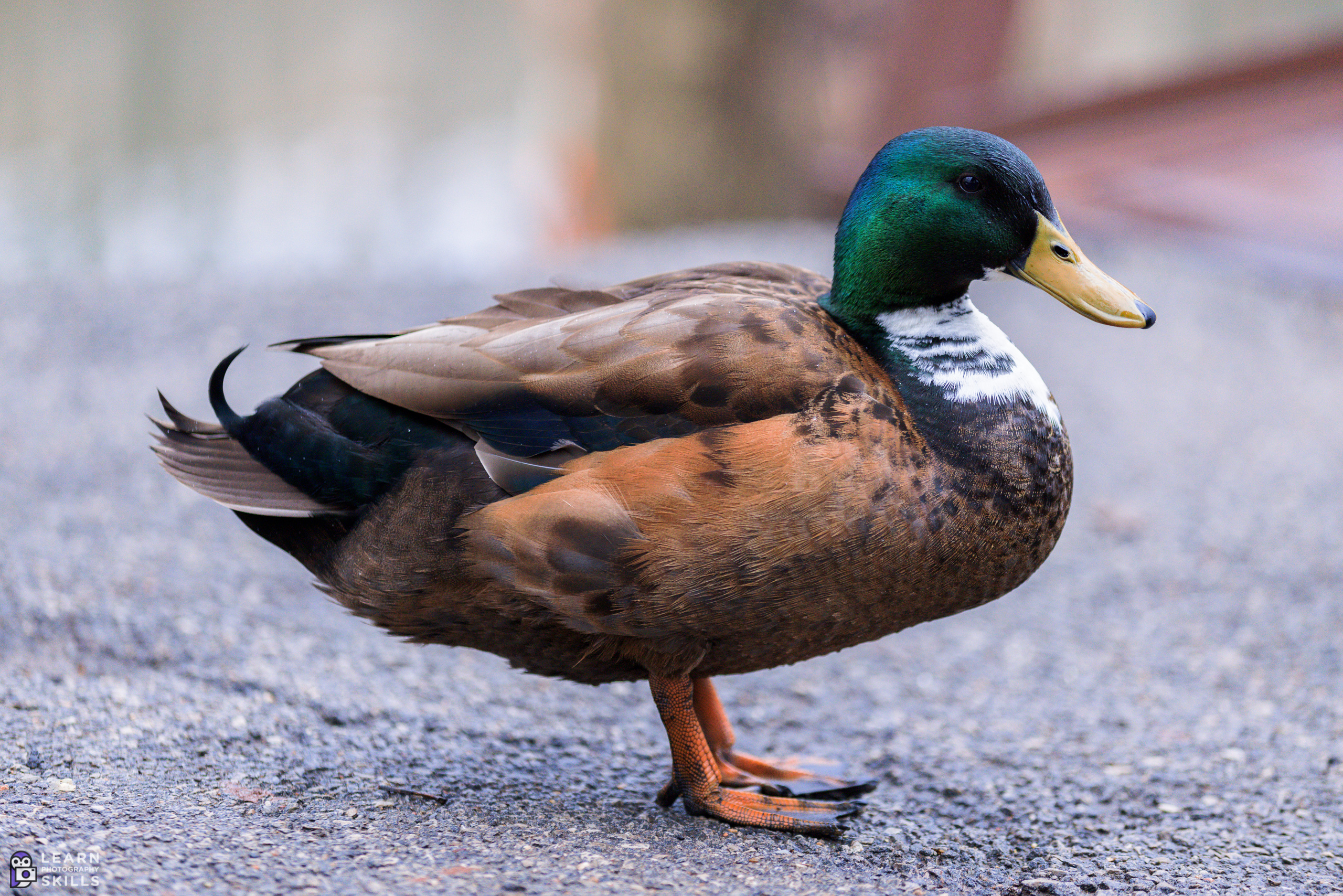
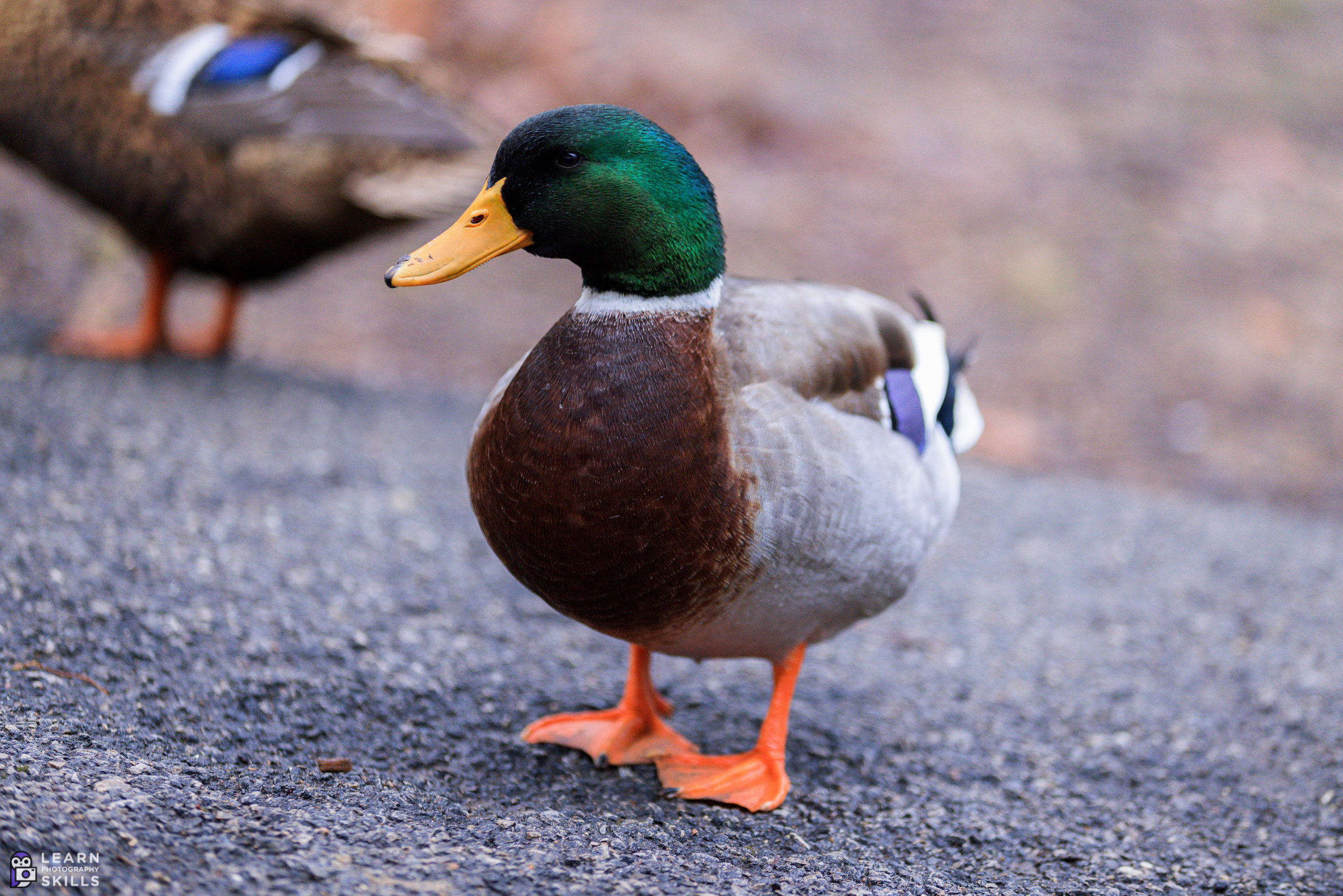

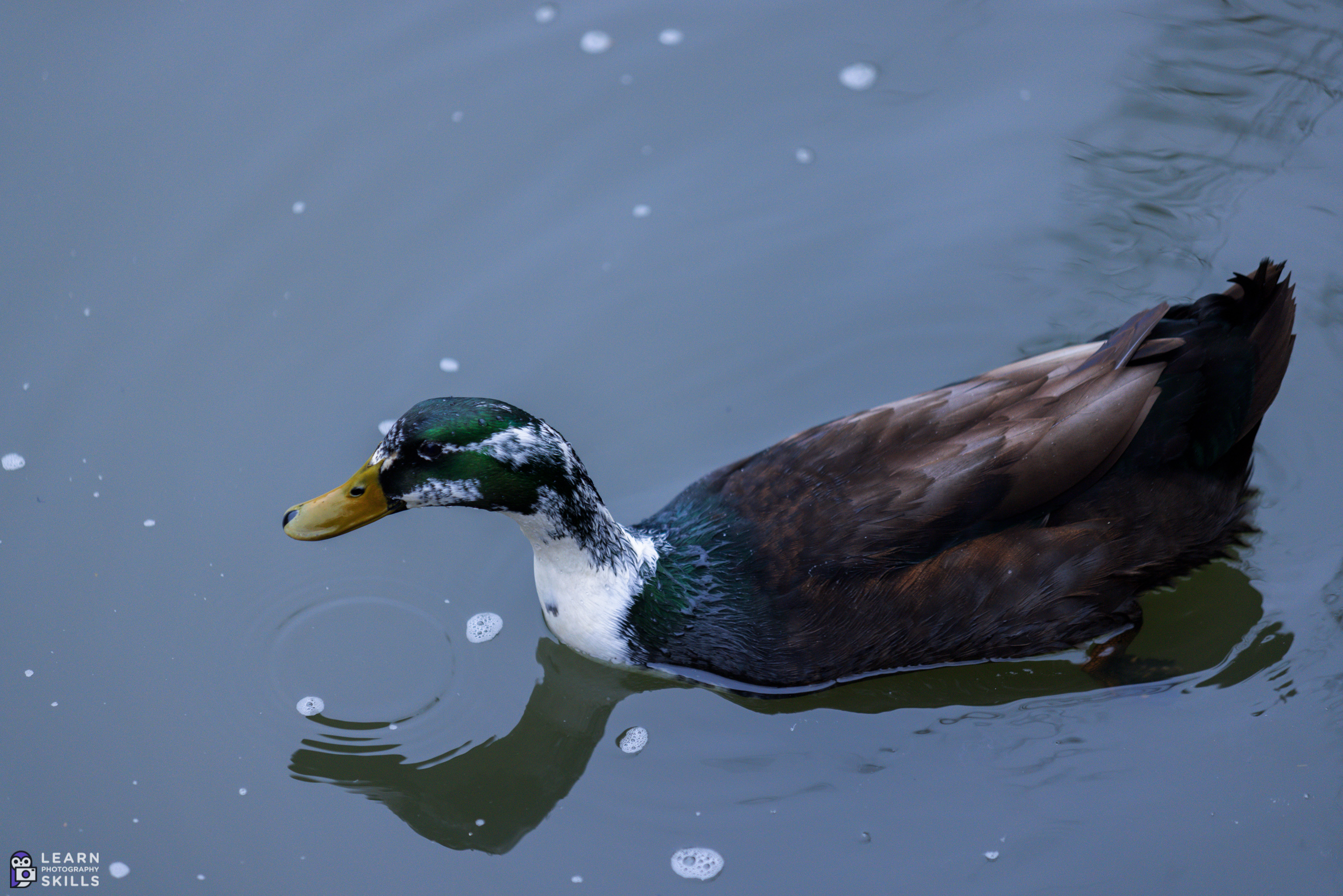
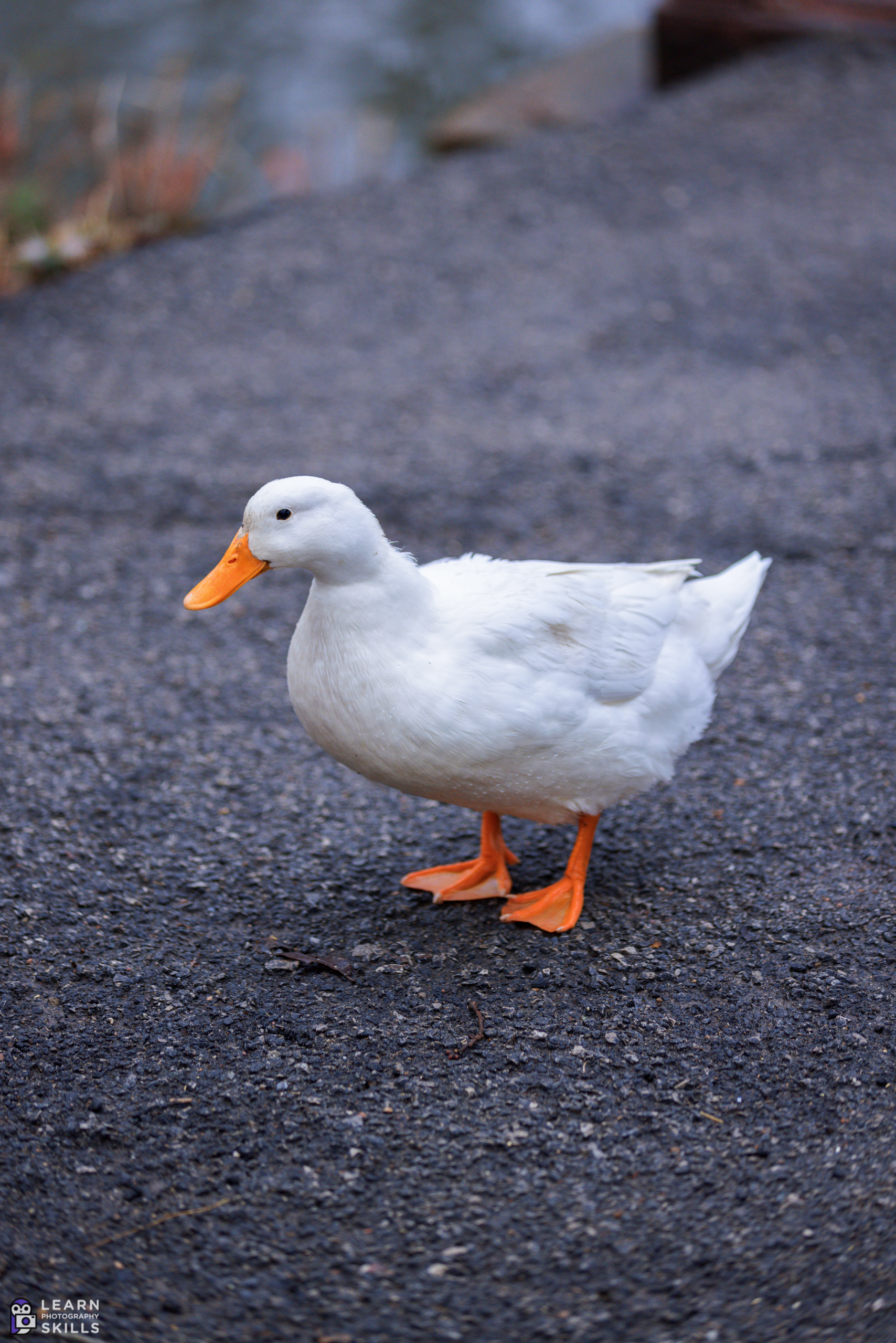

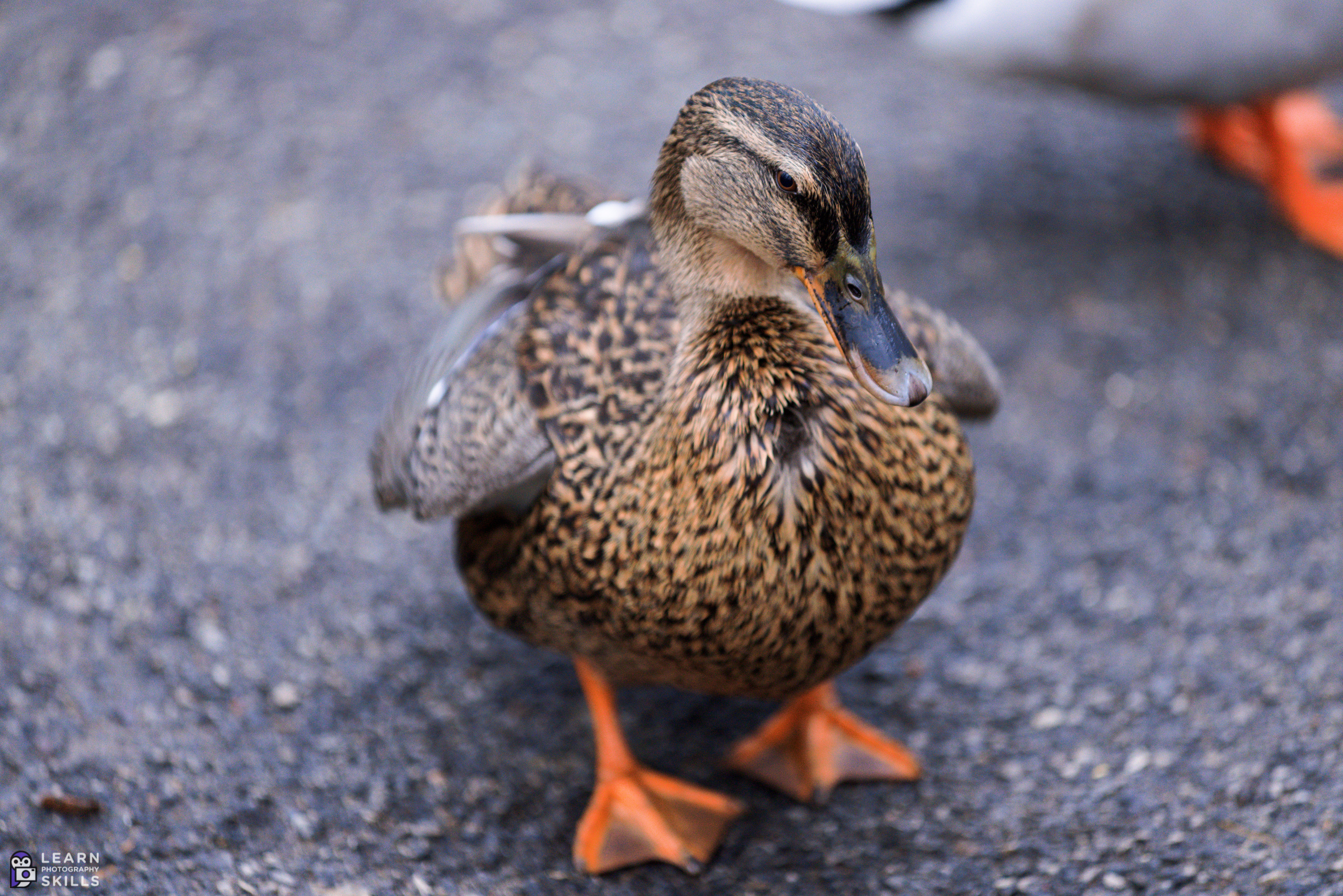

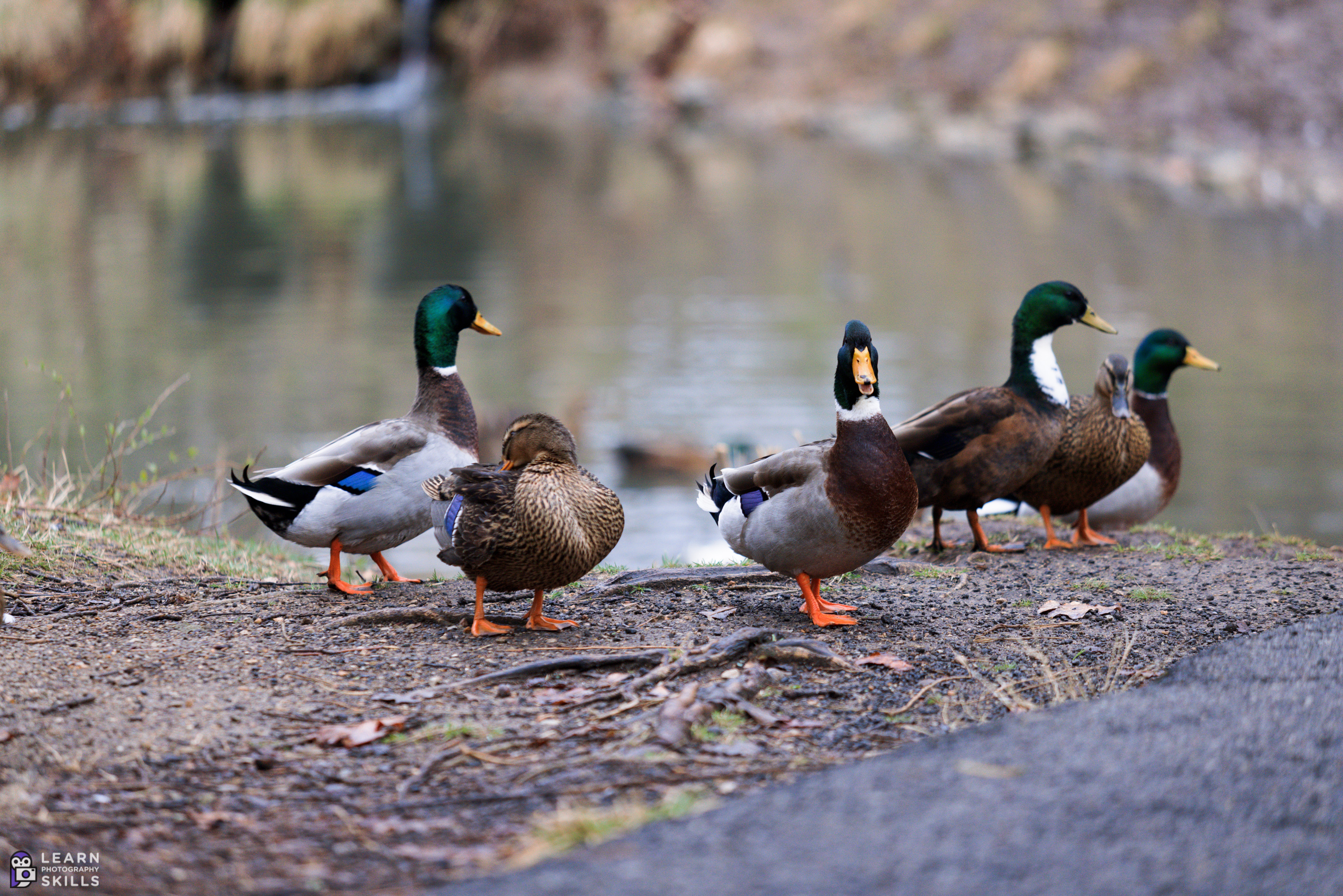
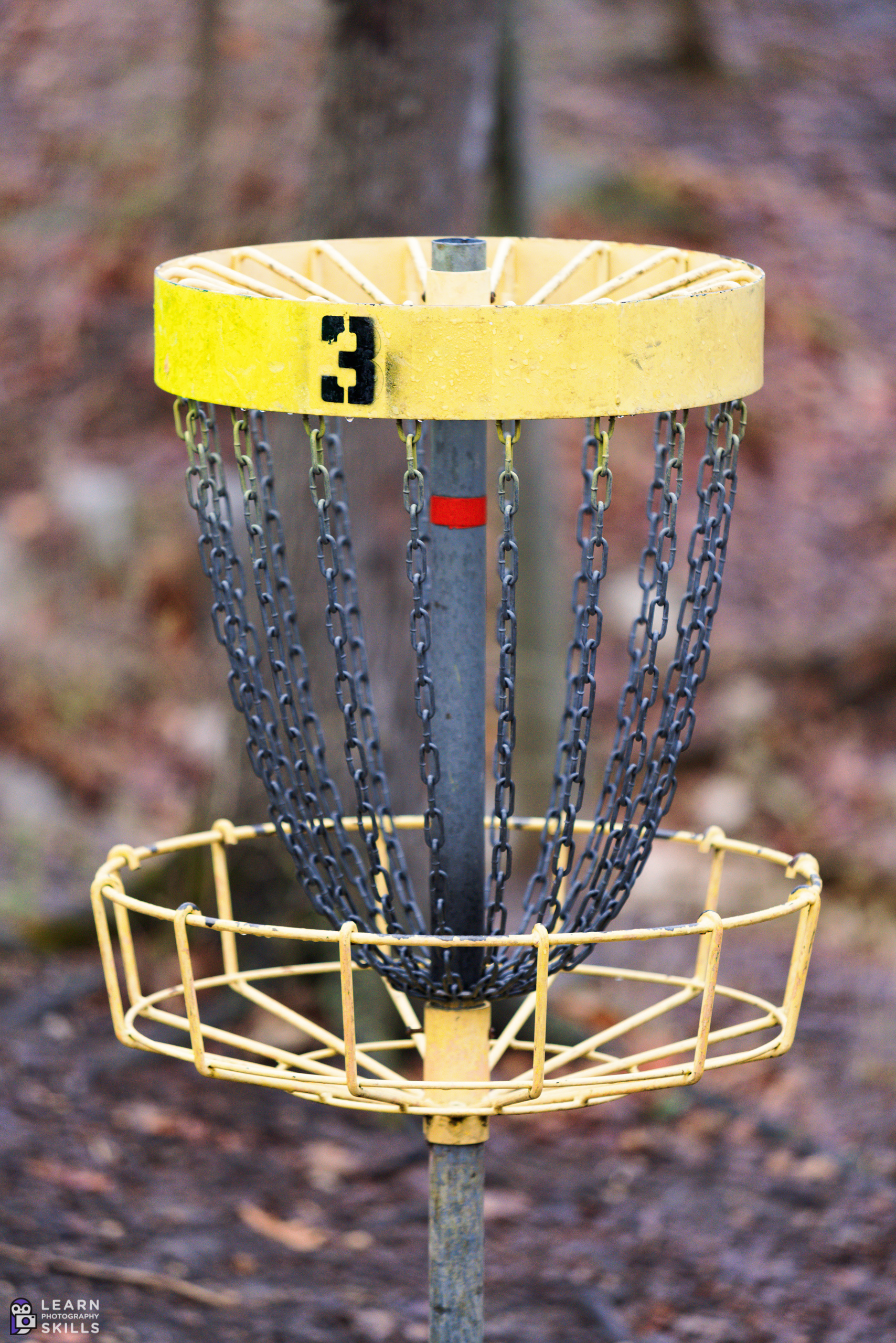

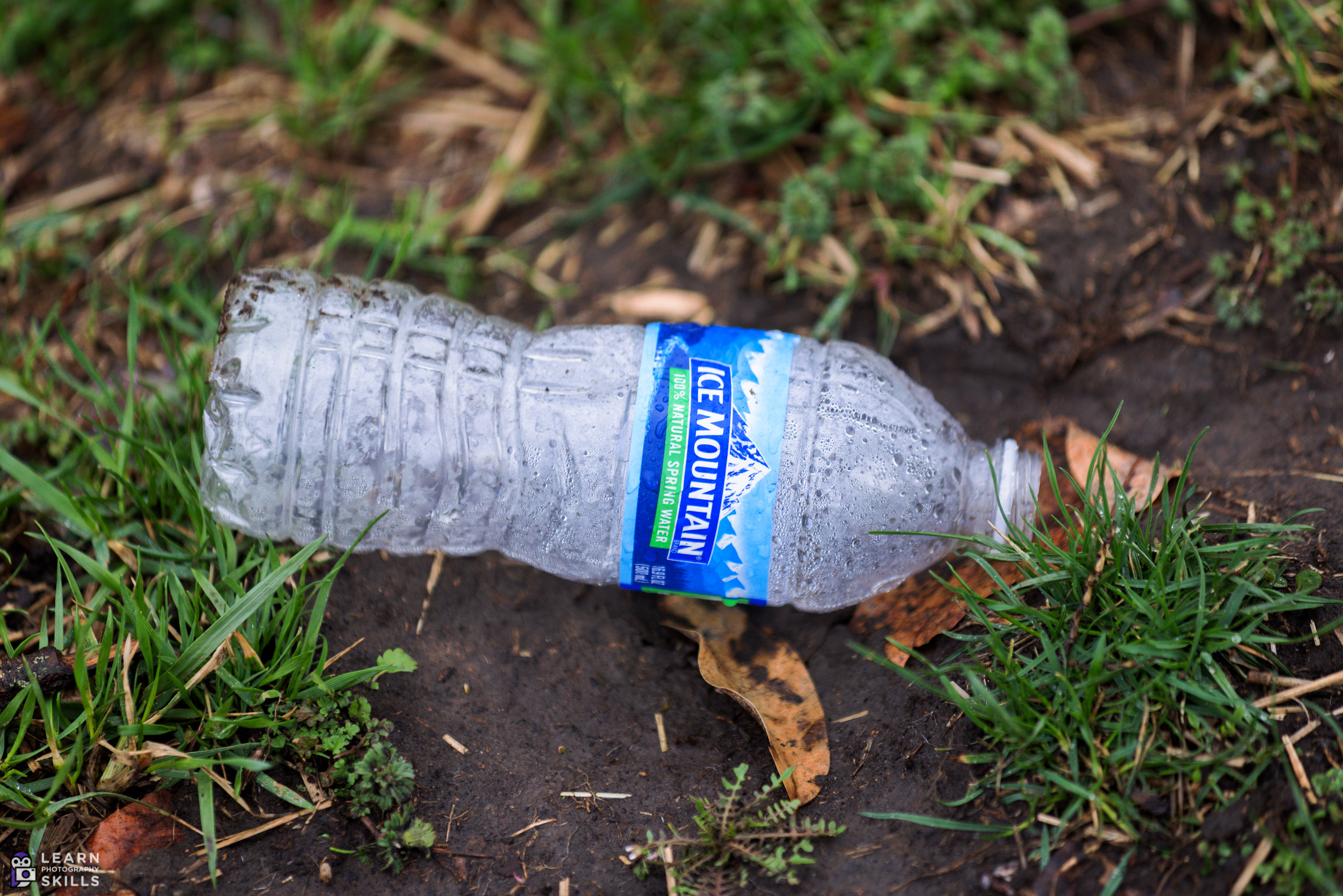

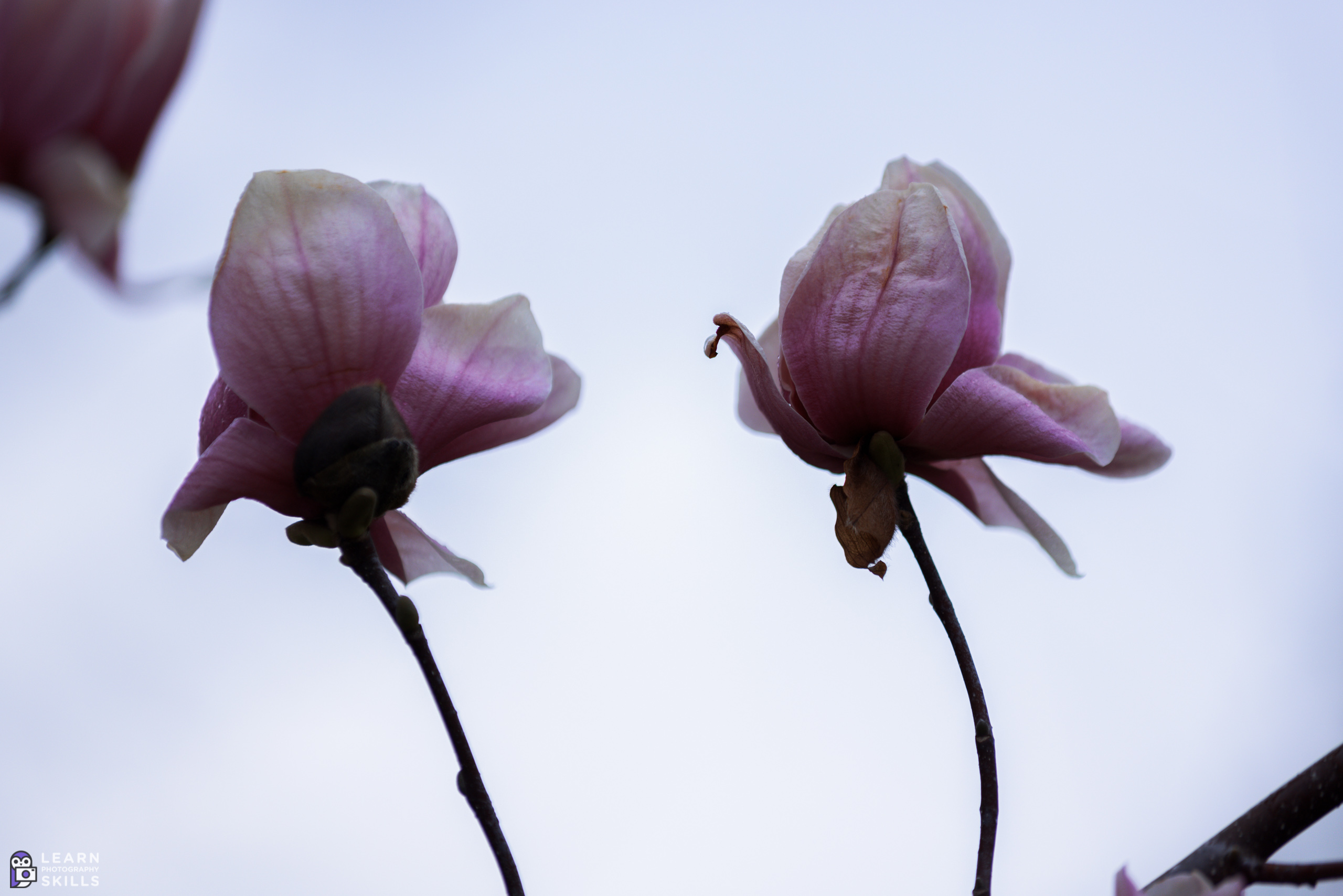
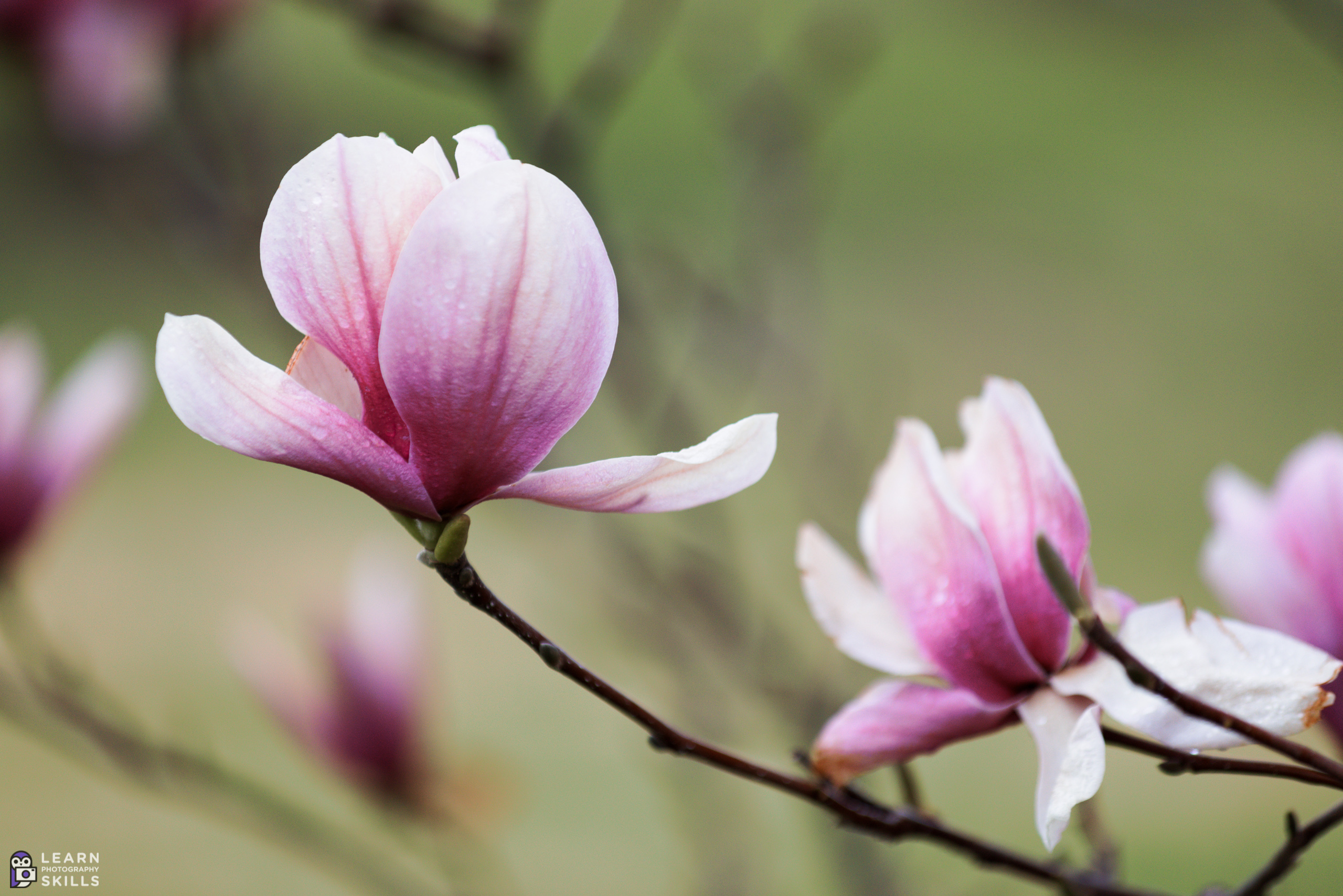
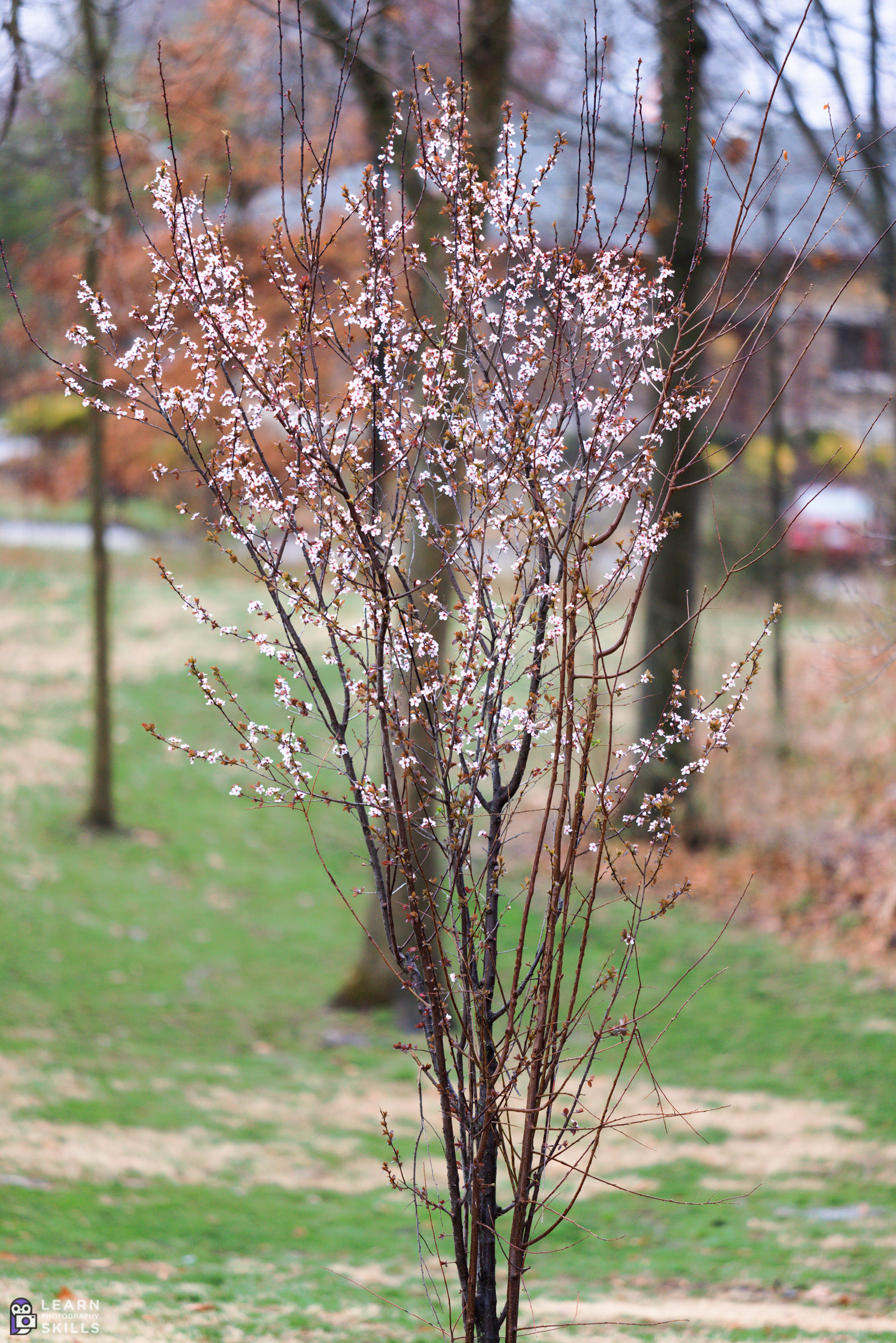


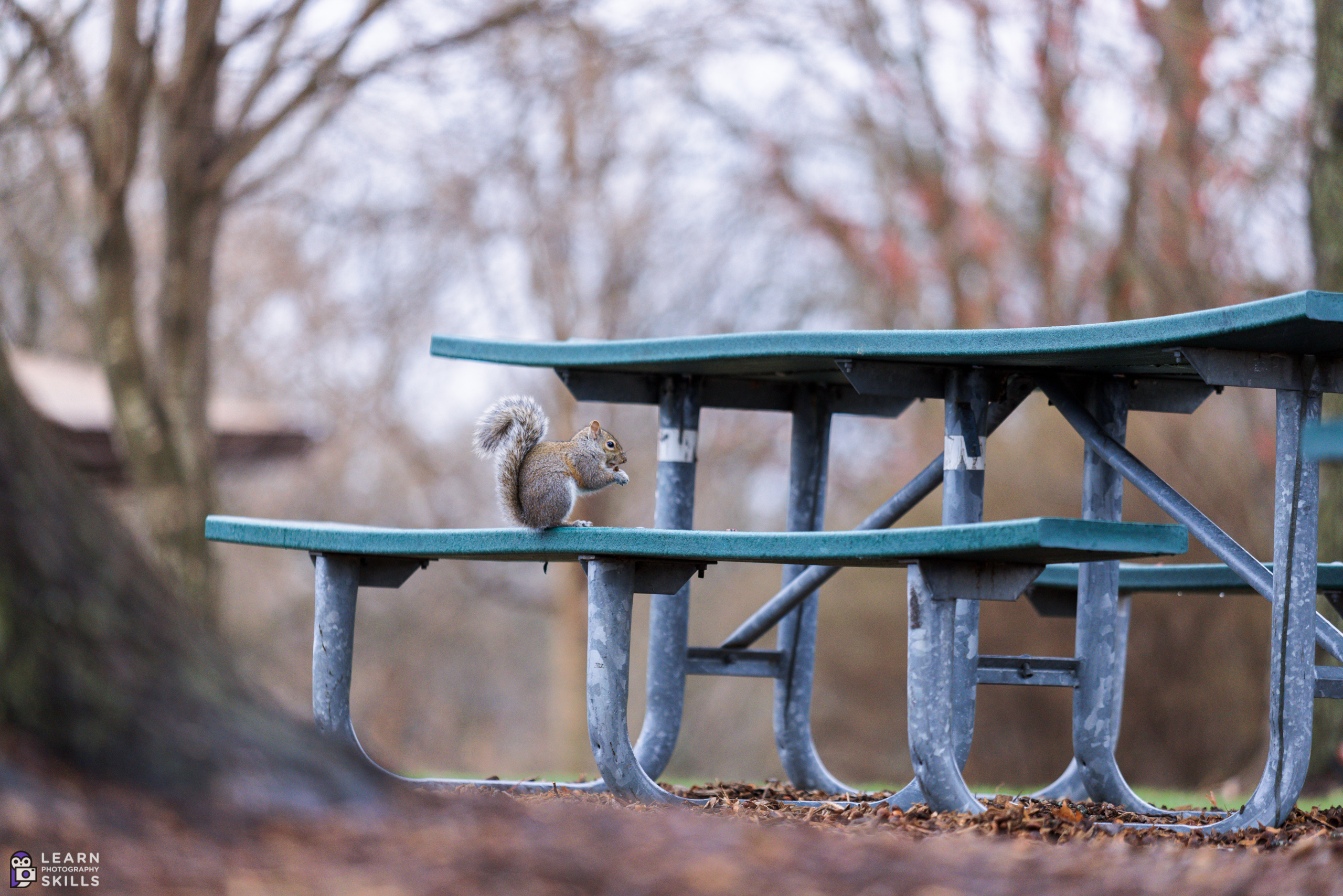
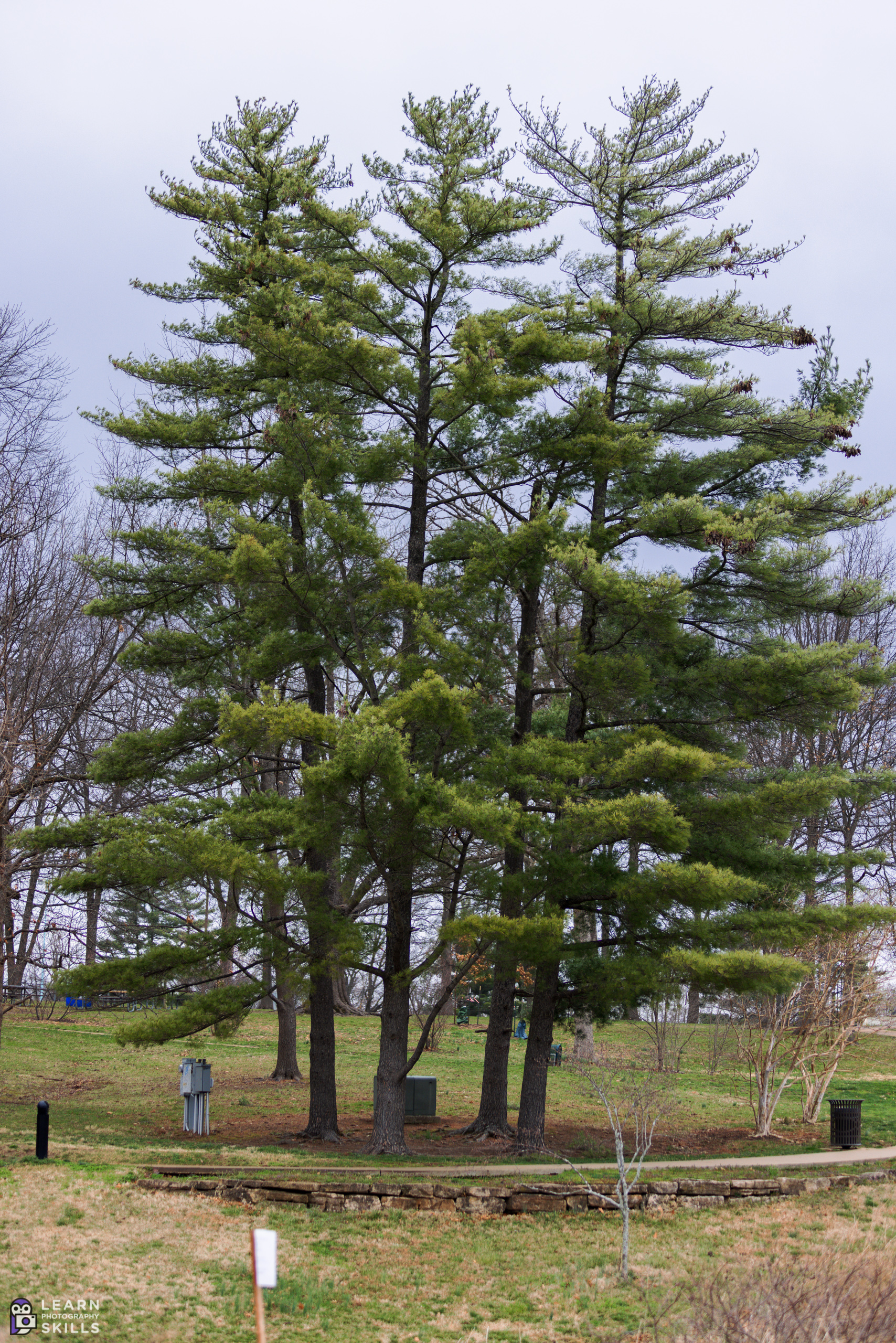


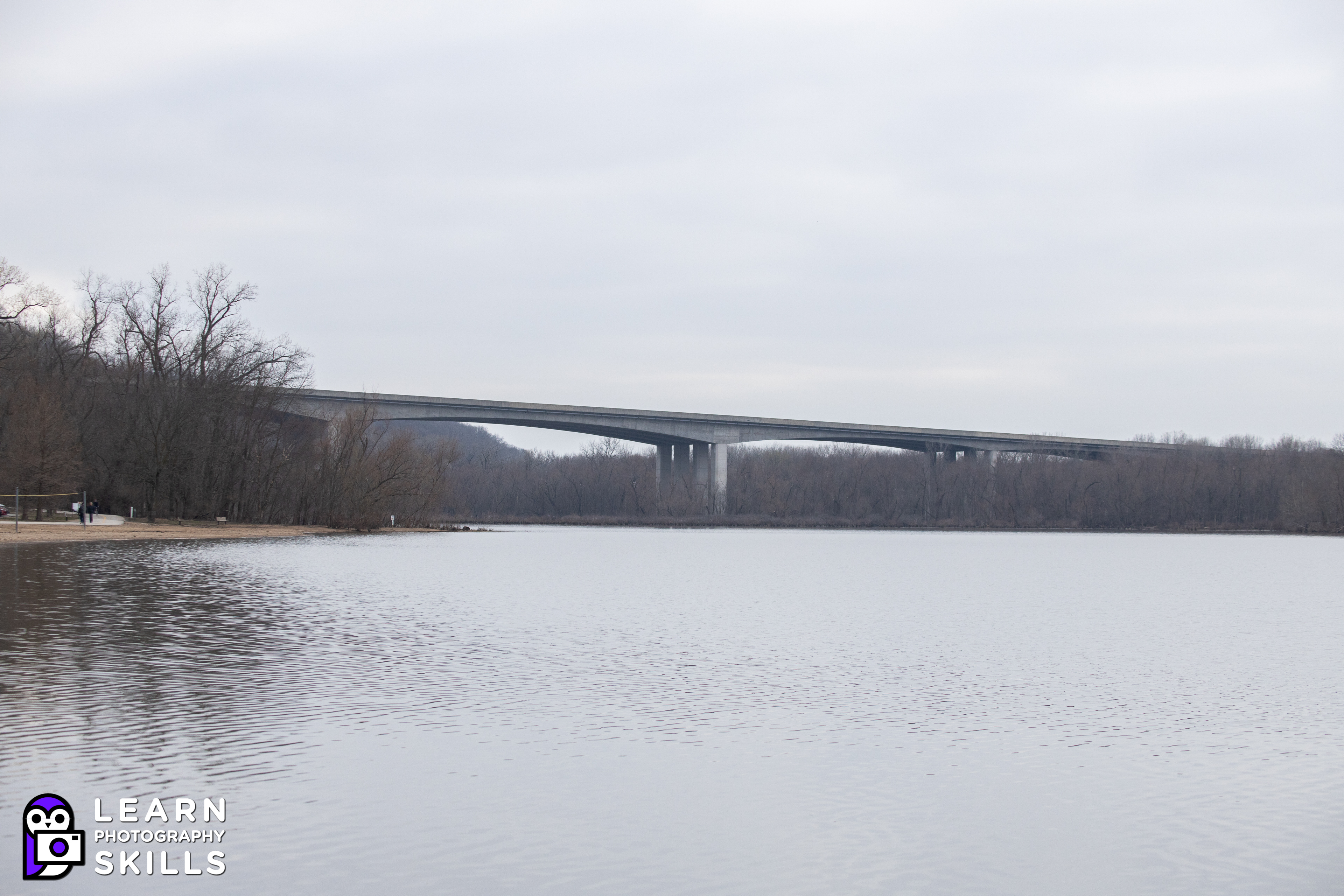


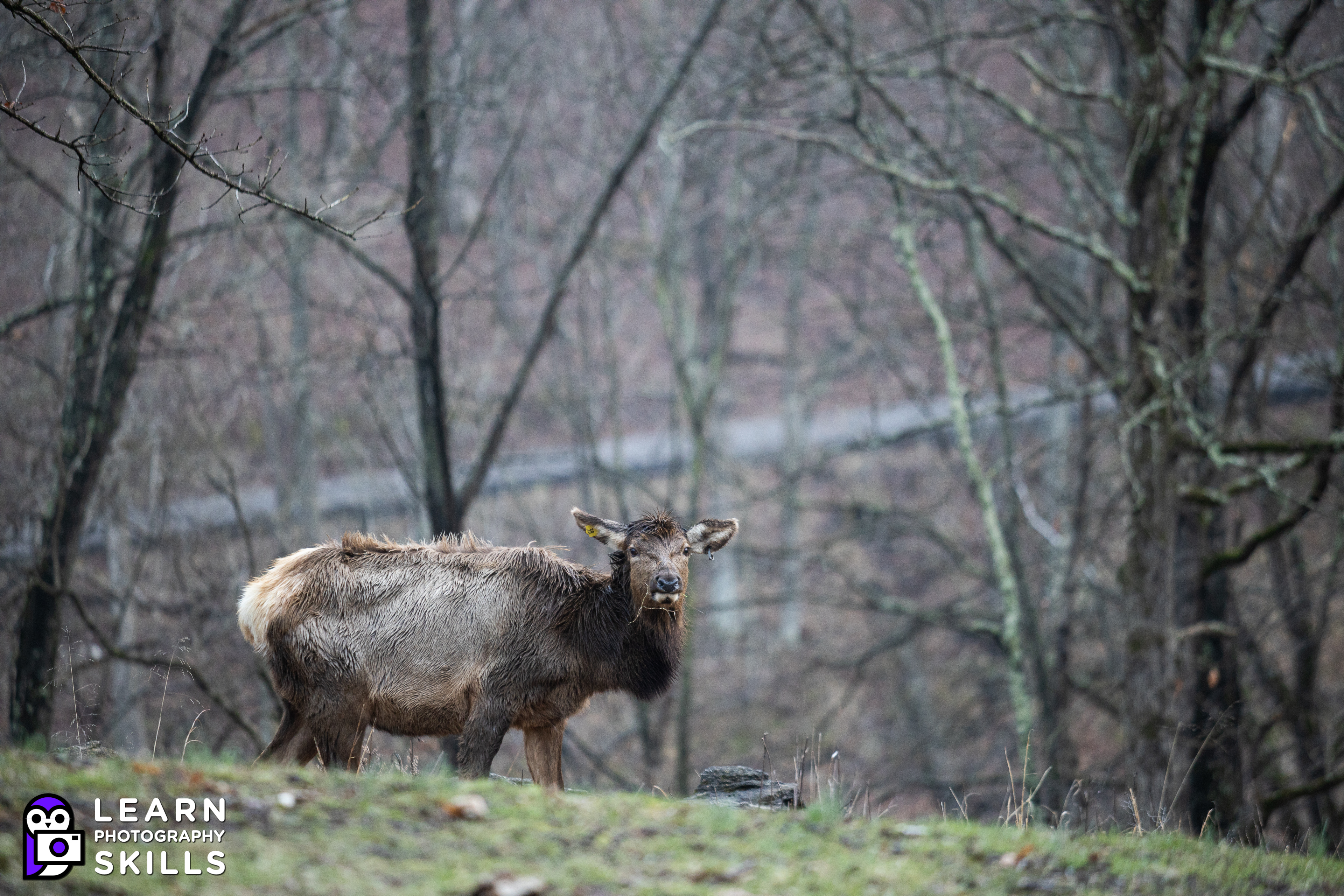
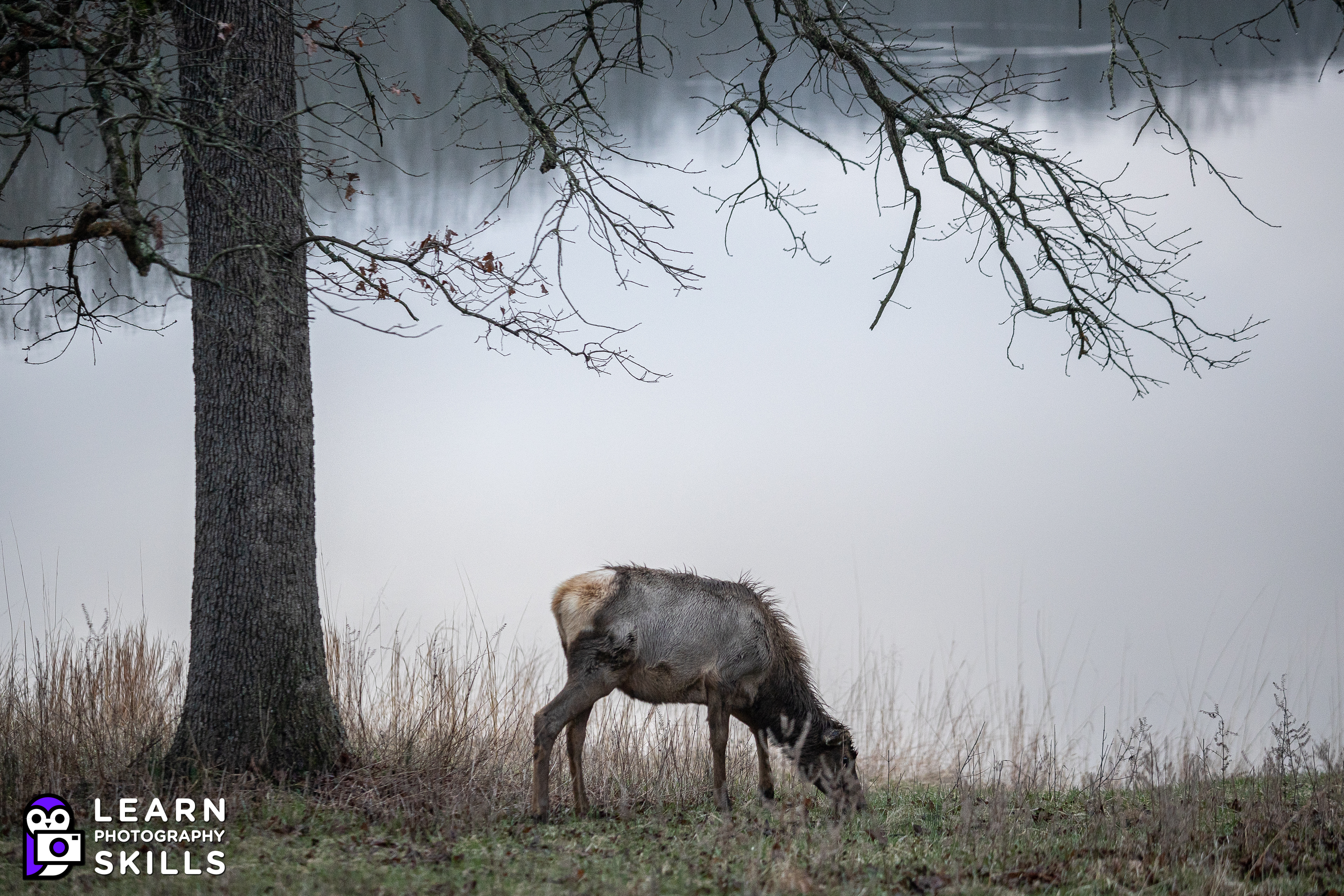
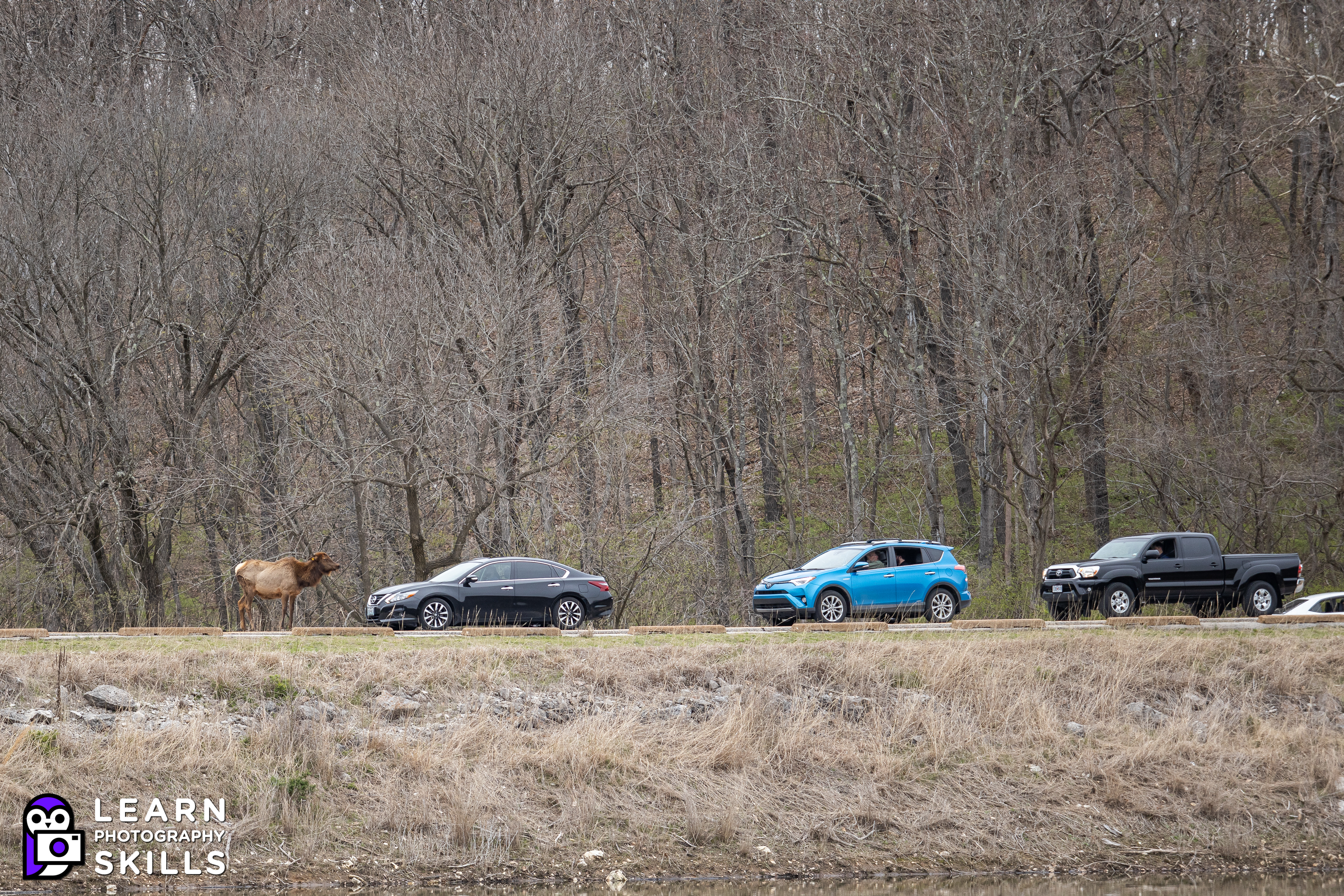

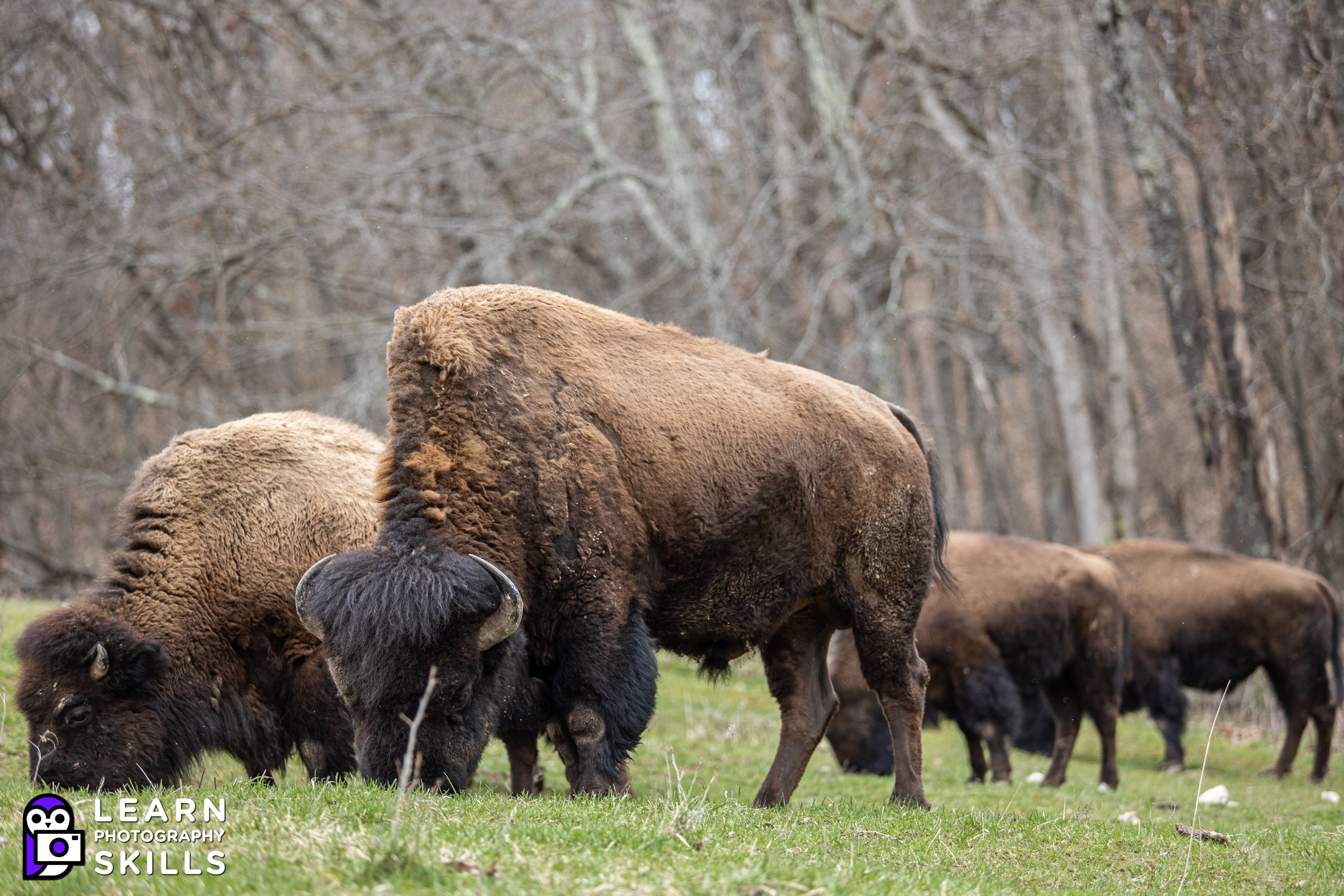
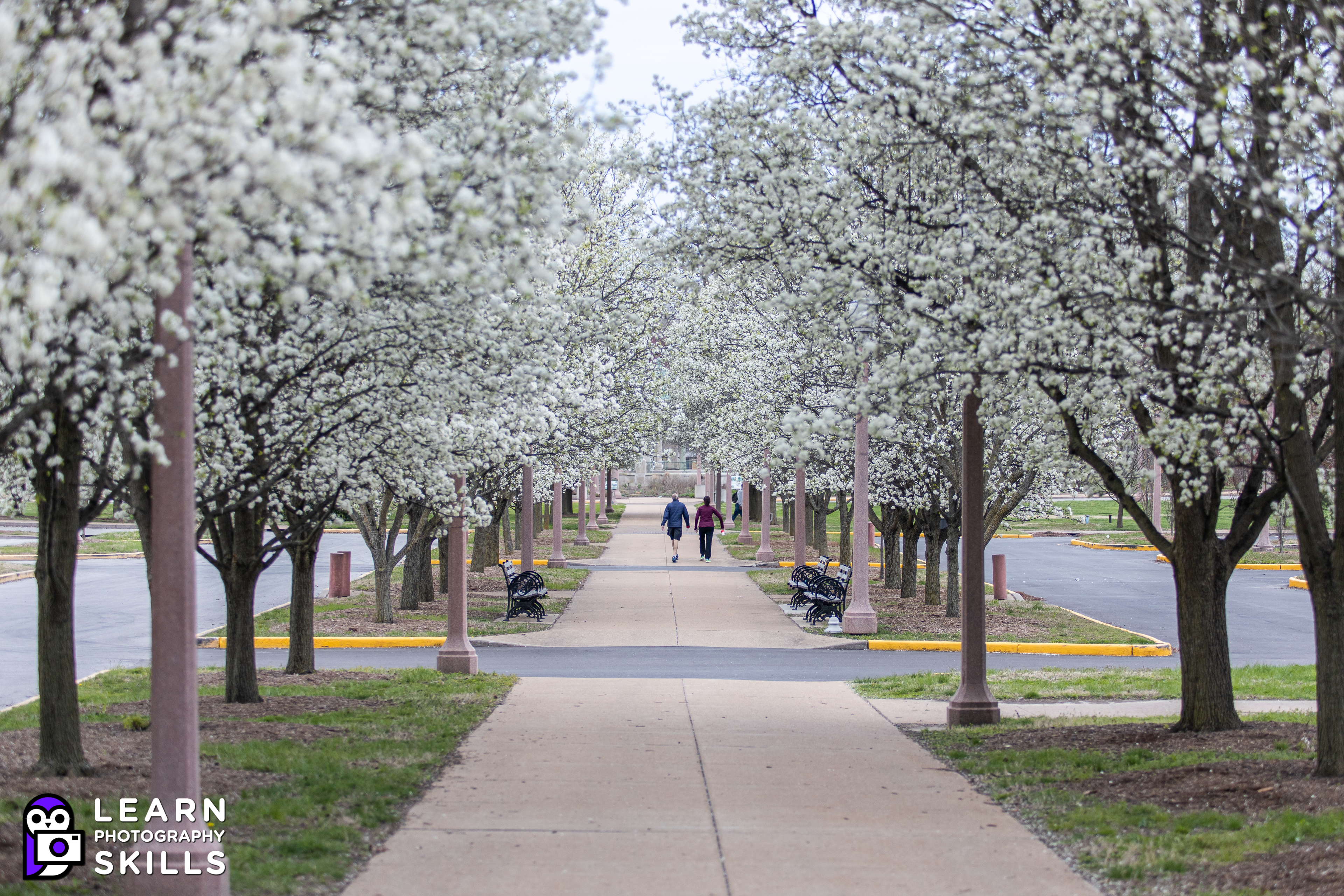
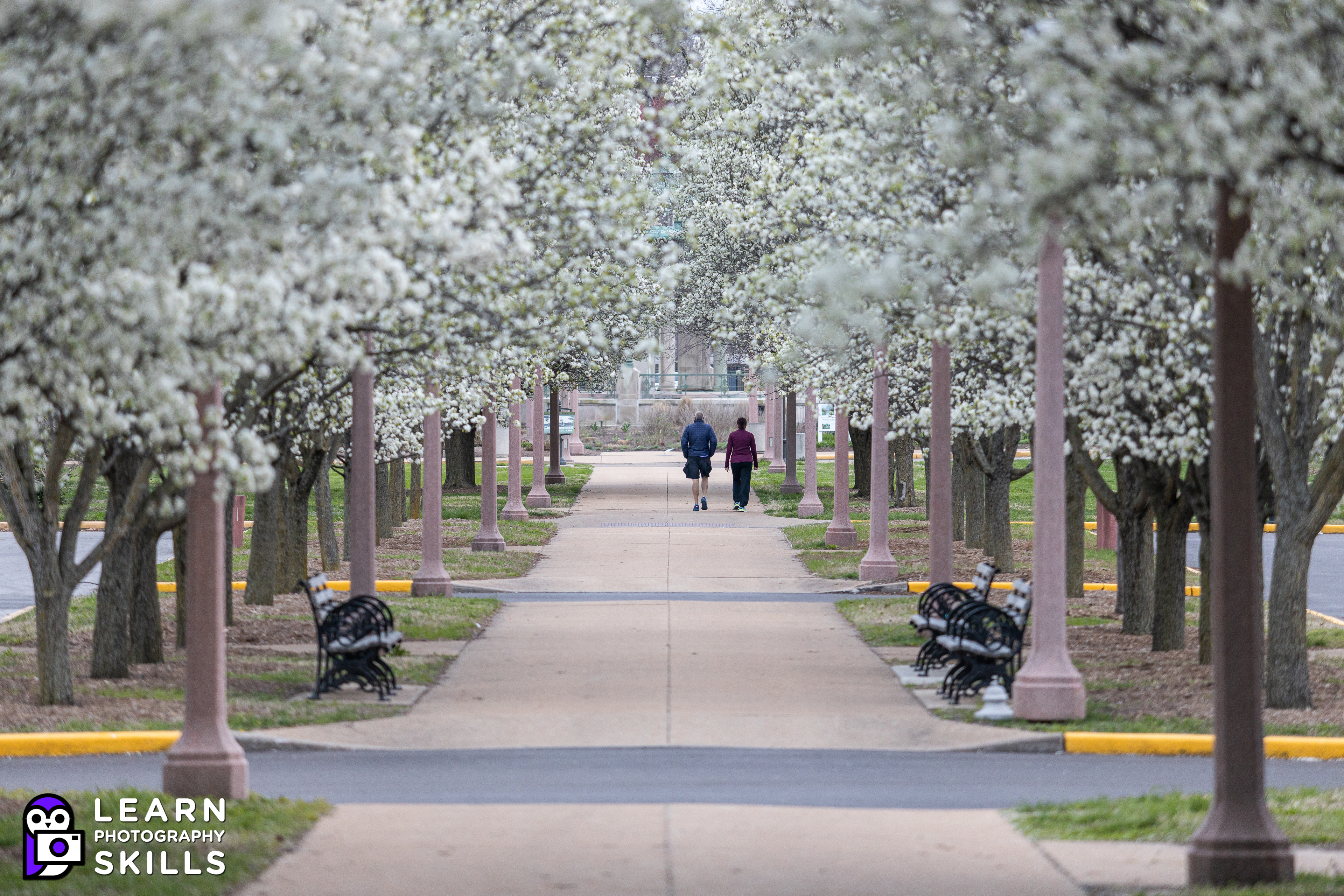
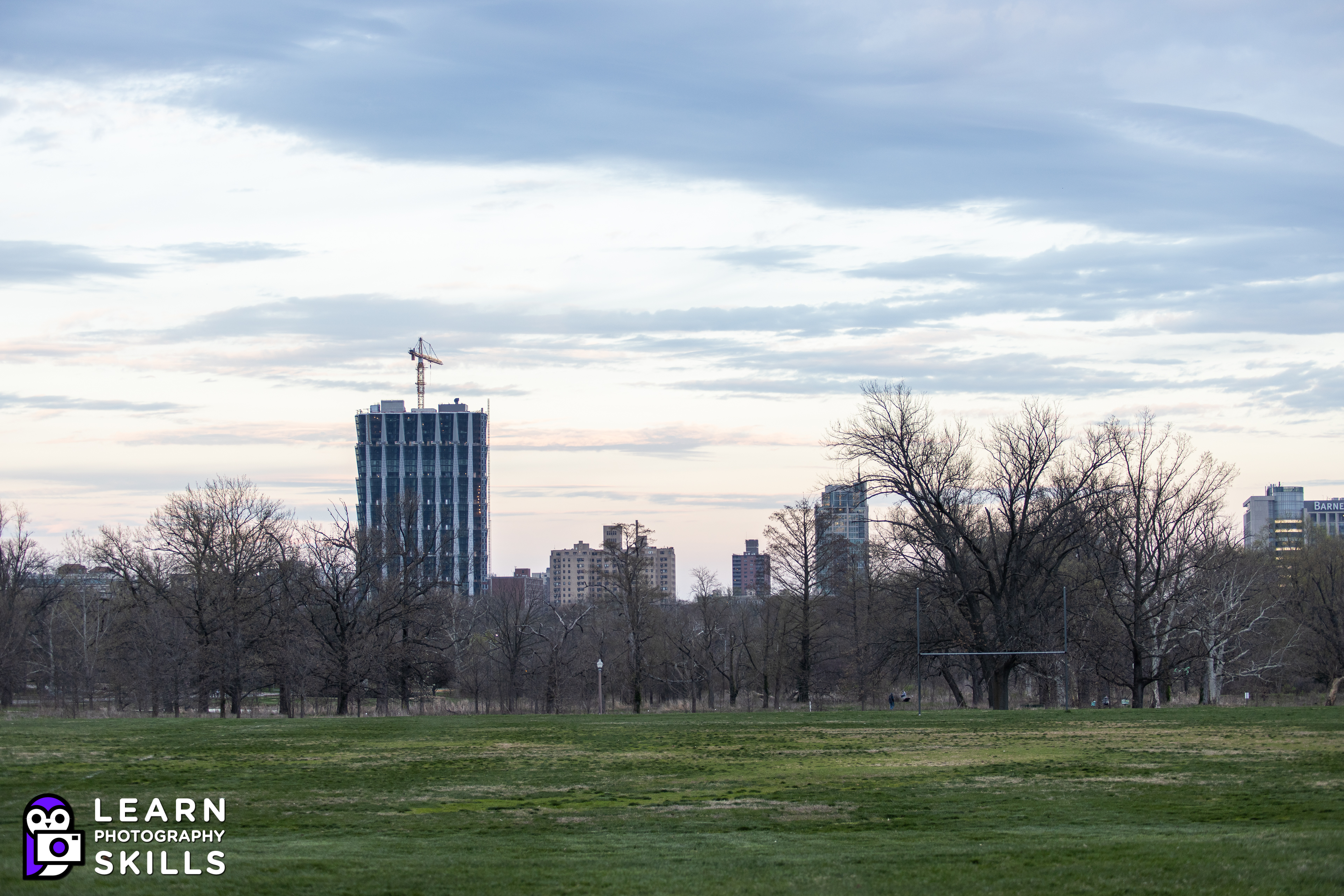

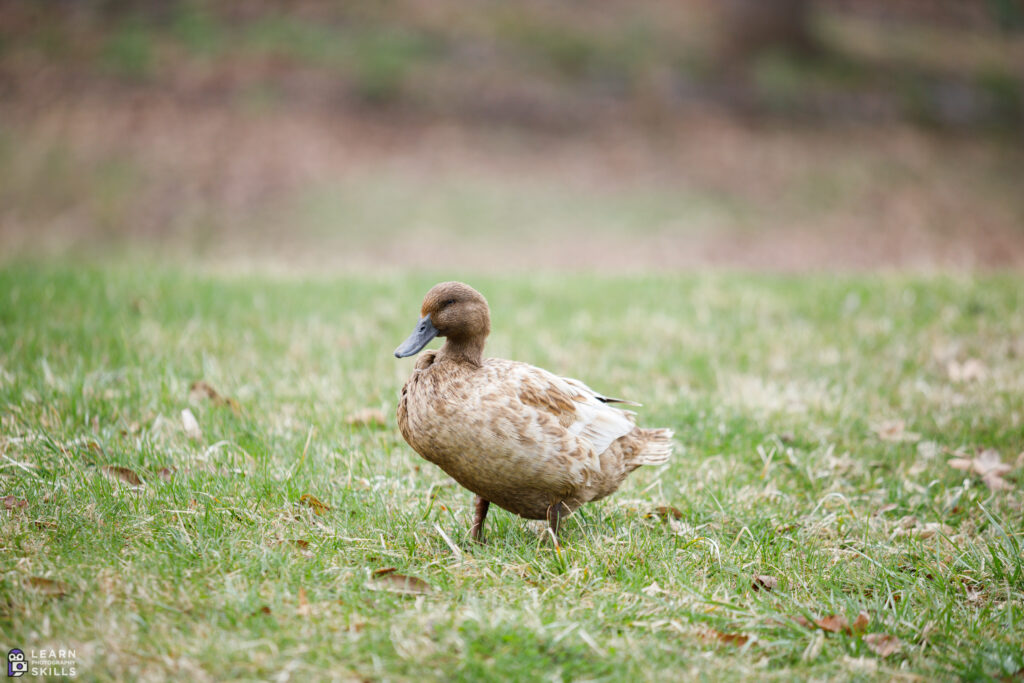
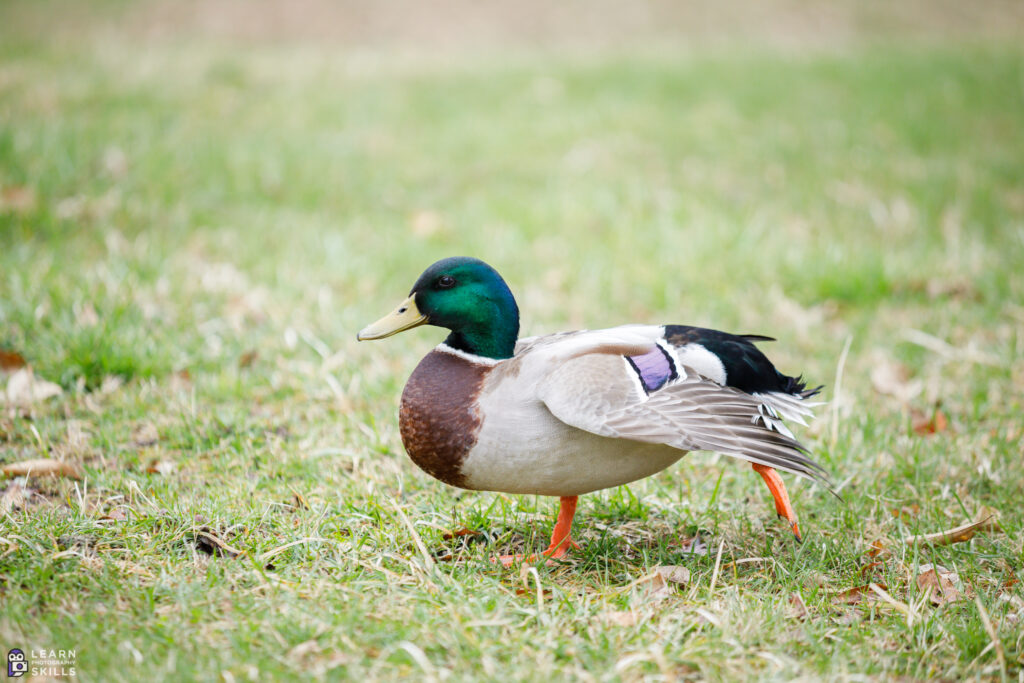
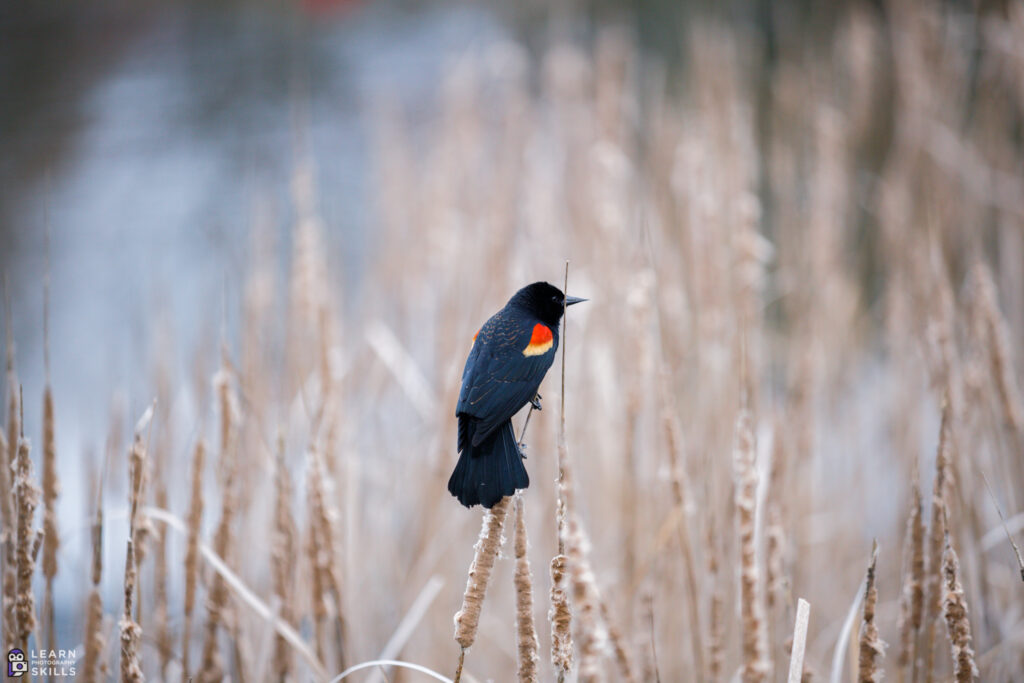
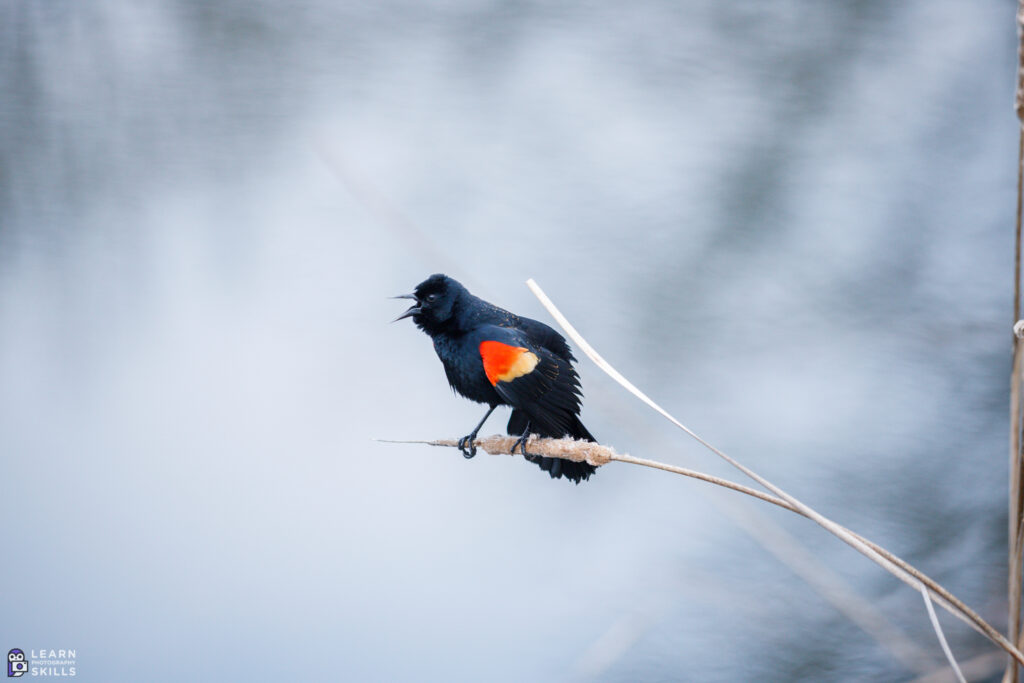
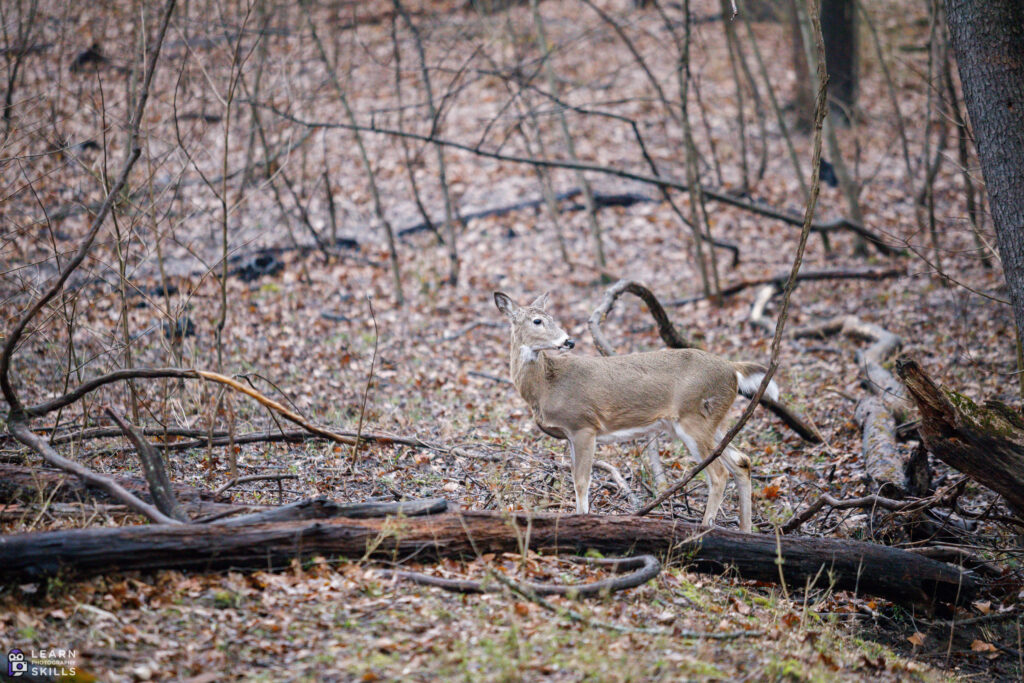
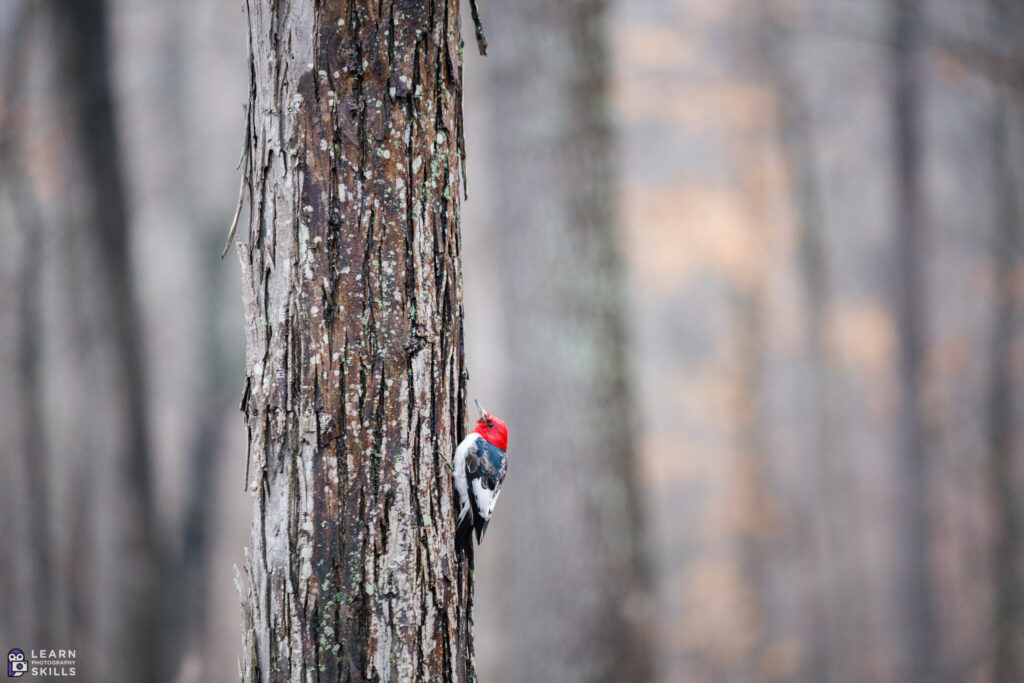
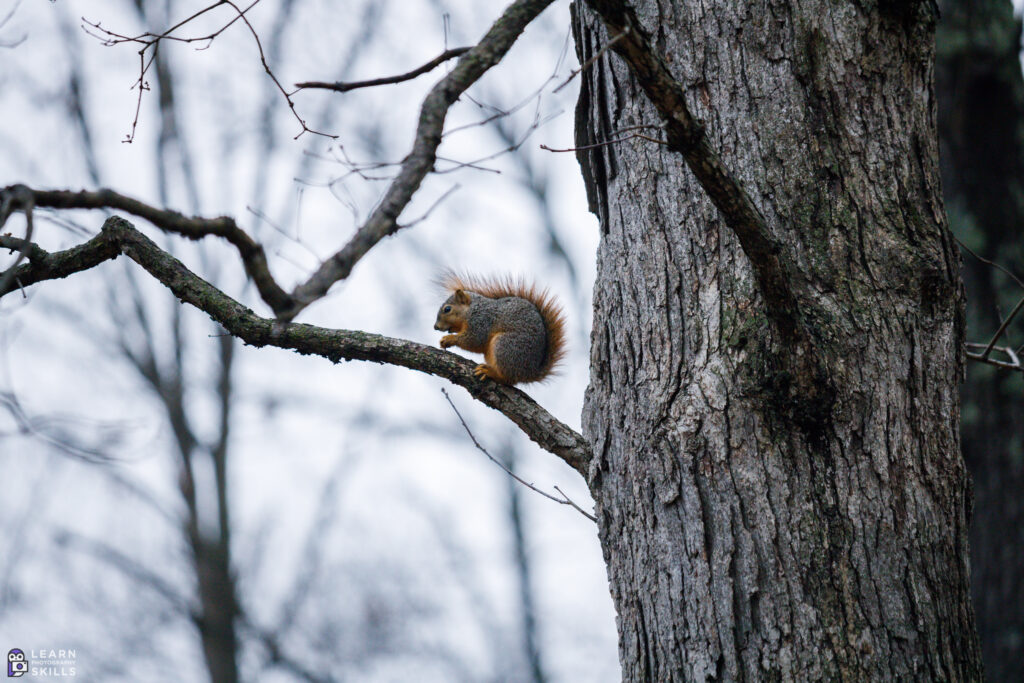
8 Comments
Great lens ! thanks !
hi.great review,thank you,.i have that lens,glass needs cleaning,do you know how to remove the front bumper so i can use the lens spanner wranch? the rubber-metal bumper prevents the accses to the tool.
thx.
Great optics, doesn’t close focus like a 70-200 and worst of all, no USM; so noisy, delicate, brittle and tends to break is very common with them ….worst of all again, no parts available. It’s lousy as a bird/wildlife lens simply because it is so noisy, might as well take a cordless blender into the field and mix drinks?
I believe the 70-200 4 non IS is just as sharp if you don’t need 2.8, and far more reliable and a far better value….btw The MDP beats the 70-200 2.8 IS I in sharpness, but so does the 70-200 f4. The 70-200 2.8 IS II beats all the above in sharpness, no question in the results.
Fondness is what the MDP has going for it, and a nickname that comes from sentimental emotion… Dizzy Dean put it best when he said “The older we get, the better we was”
Of course, it’s not as good overall as current lenses. That much is obvious. This one is usually cheaper even than the f/4 versions which have retained their value better, partially due to being newer. Depending on who you are and what you shoot you may value “getting the shot at all costs”, well, for those people I recommend avoiding this lens, lol. Too slow to focus and the servo AF is borderline unusable. If you’re the type who walks around taking artsy photos, this lens could be a nice affordable choice for getting some big background blur.
BTW, I also have the RF 70-200mm f/2.8 L and it is so much better than this lens, but there’s still something nice about the old lens, haha.
At a recent buy of $350 for a close to mint lens out of Ebay Japan, I’ll take it for my purposes! Those purposes could best be described as occassional use for an older guy who used to be a photographer in the 70’s. I goto an air show once a year with a still alive WW2 ace and capture him with my 24-70 II. The airplane shots will now be the chore of the 80-200 instead of my 28-135 IS! One thing you did not mention is the superior tripod mount that can be undone with little more than a flick and no lens removal along with an equally ez hood. While the AF is not up to par to the later ultrasonic, this is the lens that lured the pro’s away from nikkor due to a working AF and its pretty good.
It’s good that you mentioned the AF, while it isn’t as fast and precise as the modern lenses, I was surprised to find that it worked better on my Canon film SLR’s. It’s faster and quieter and seems to produce less “grinding” noise when used with my EOS 1N RS. It seems that the newer cameras are overdriving the lens motor and leading to lots of noise that wouldn’t normally be there.